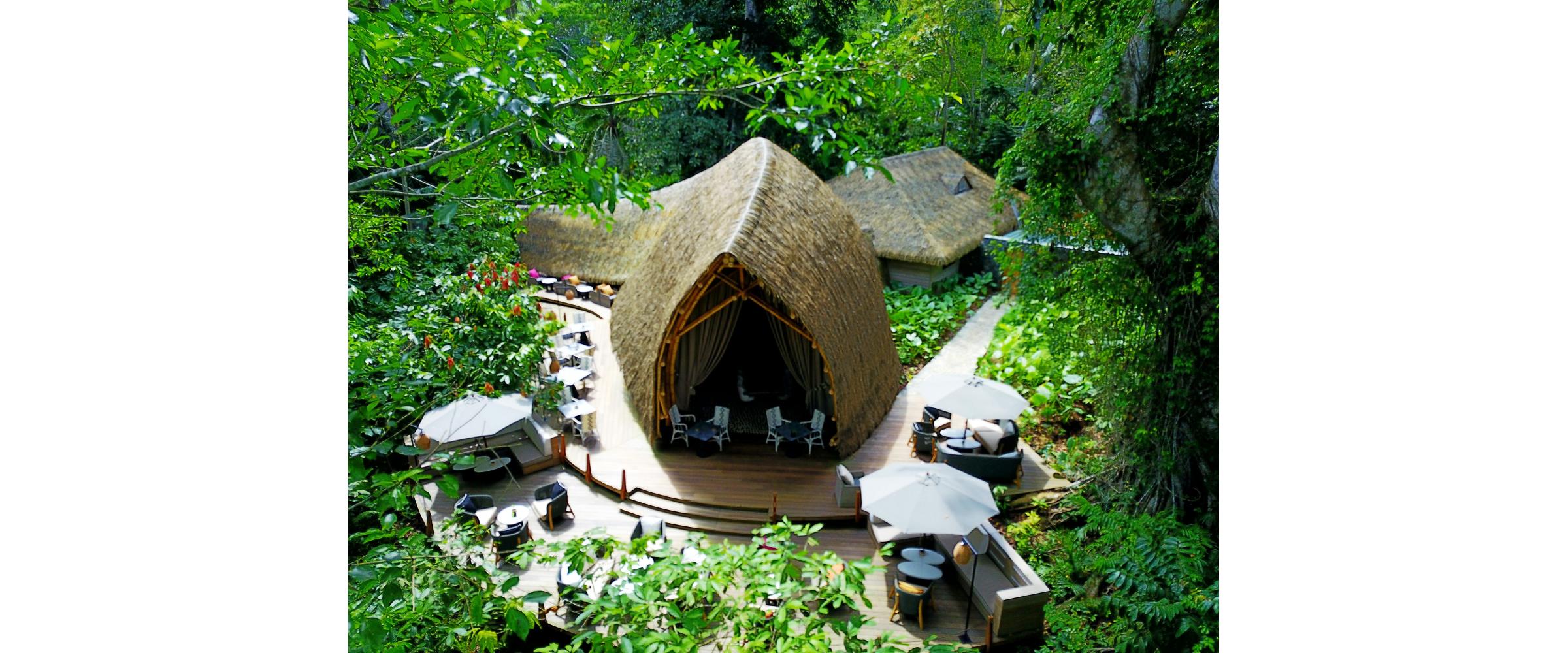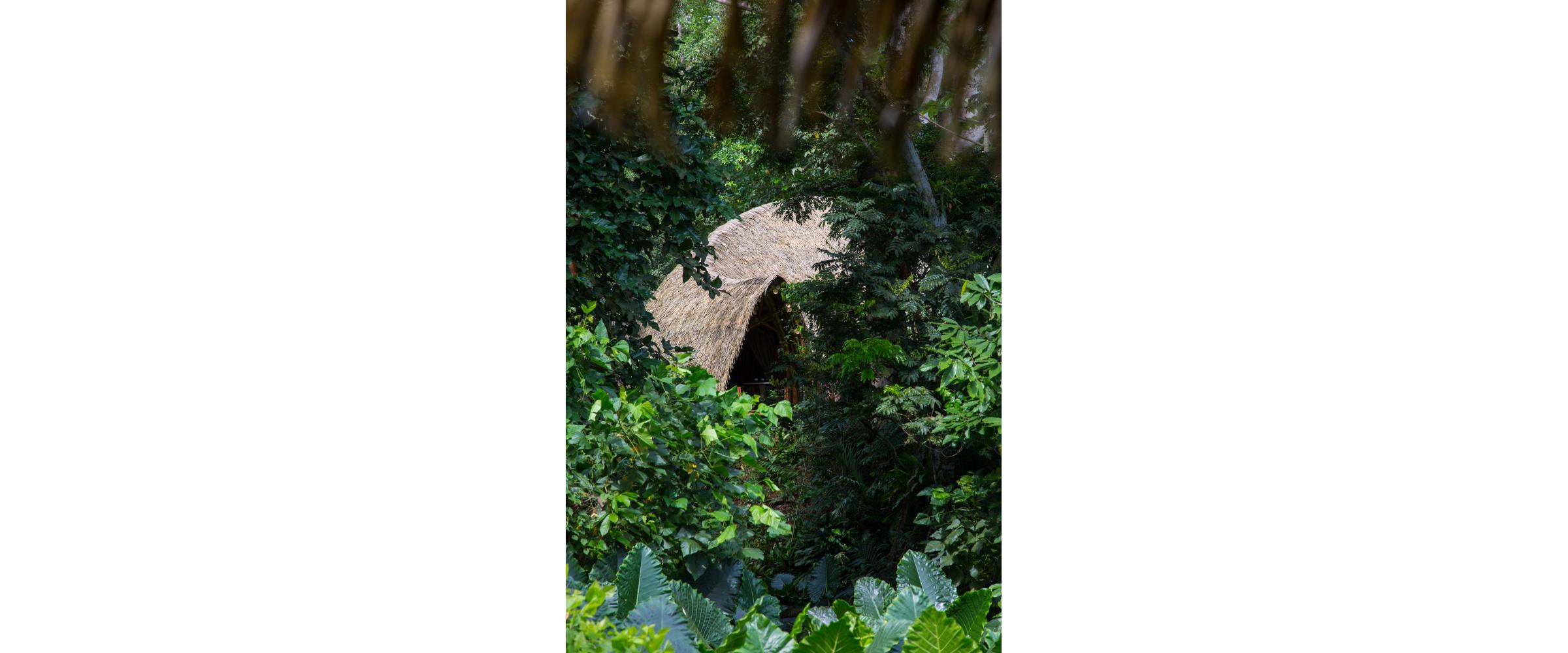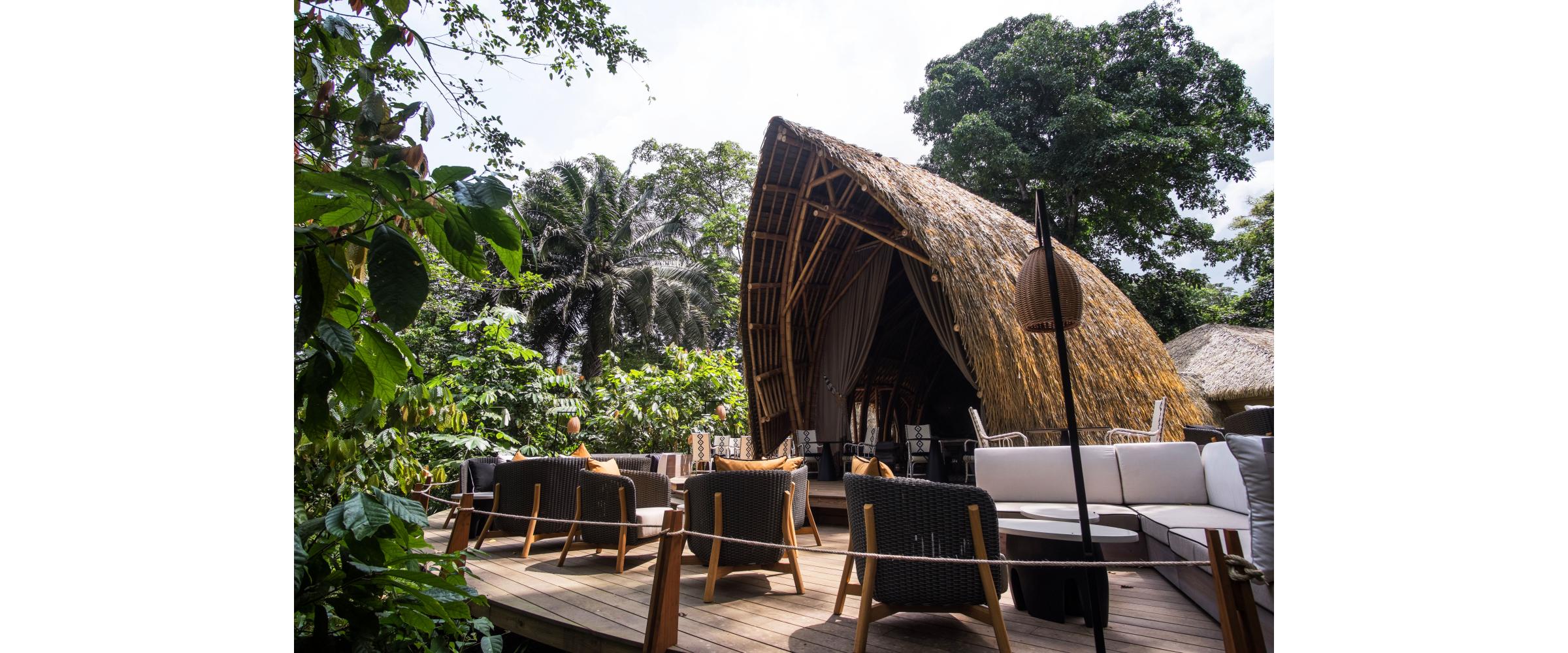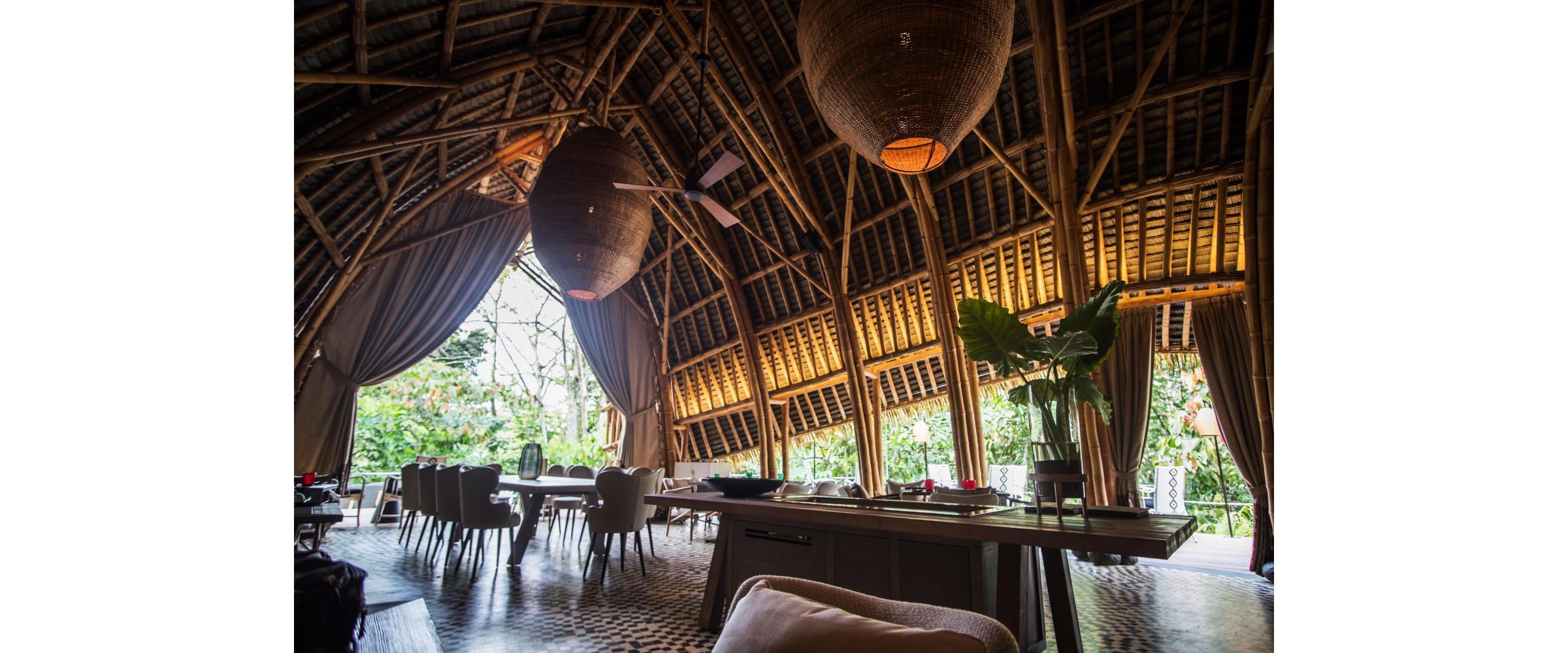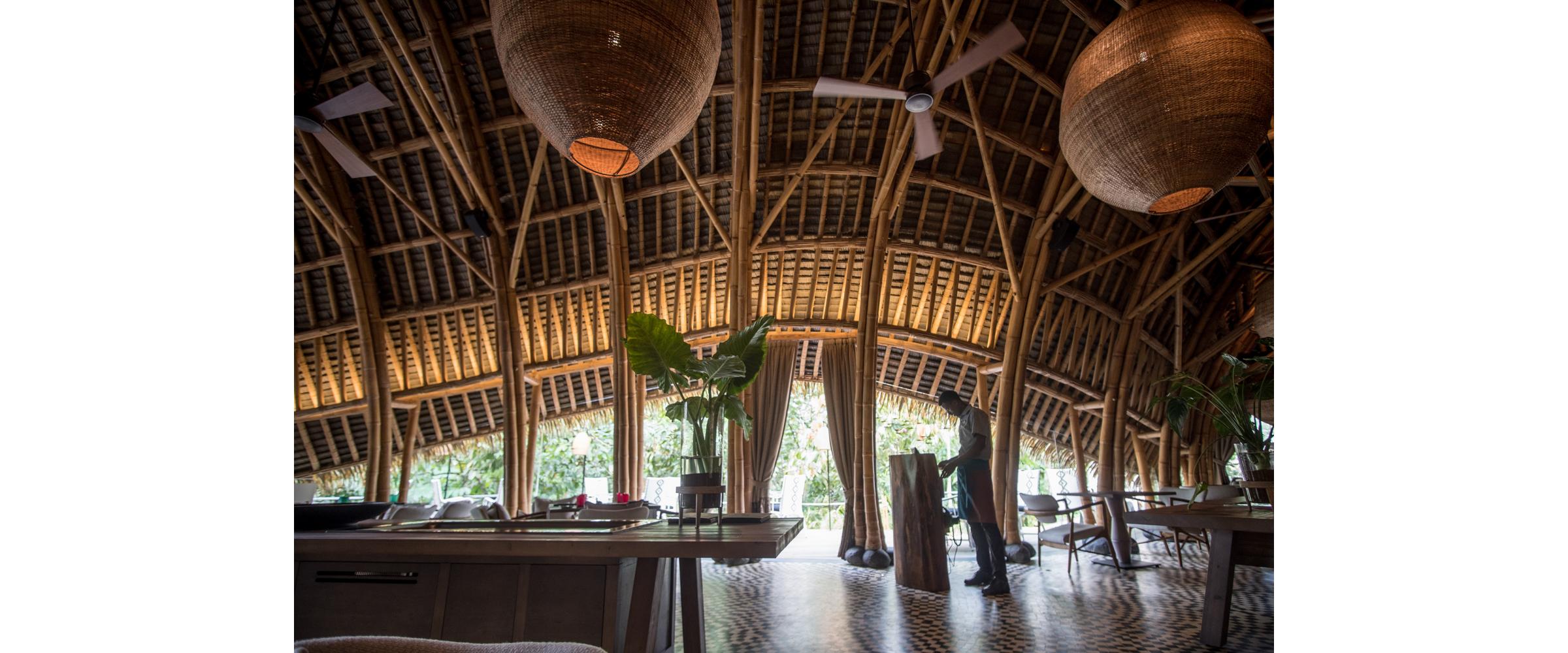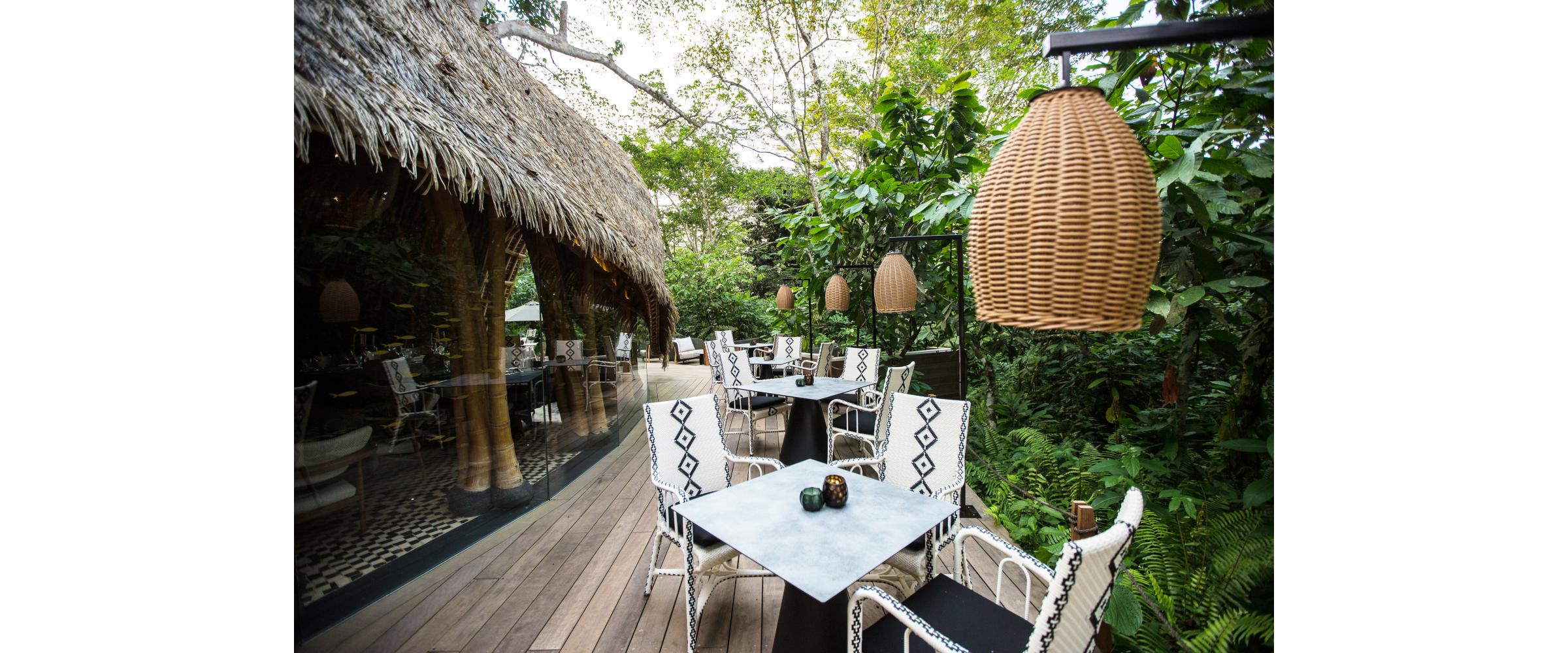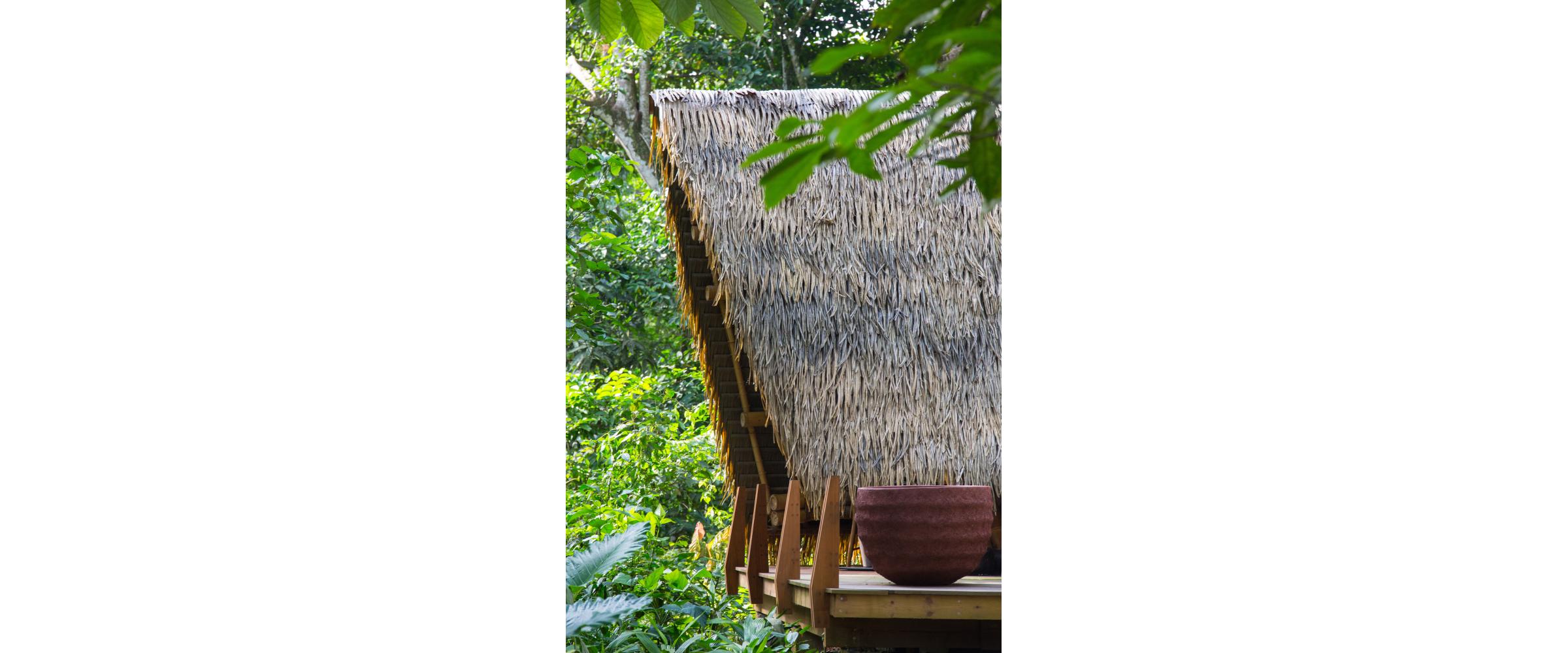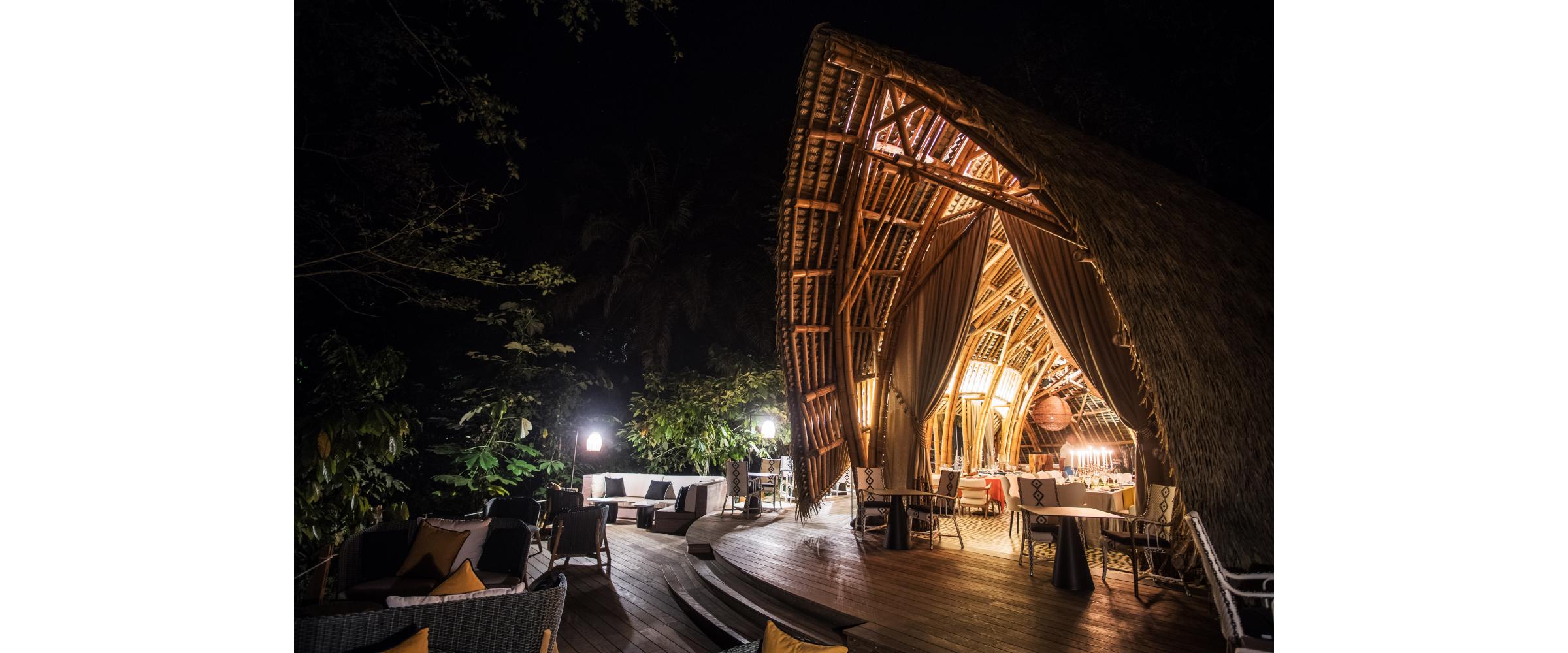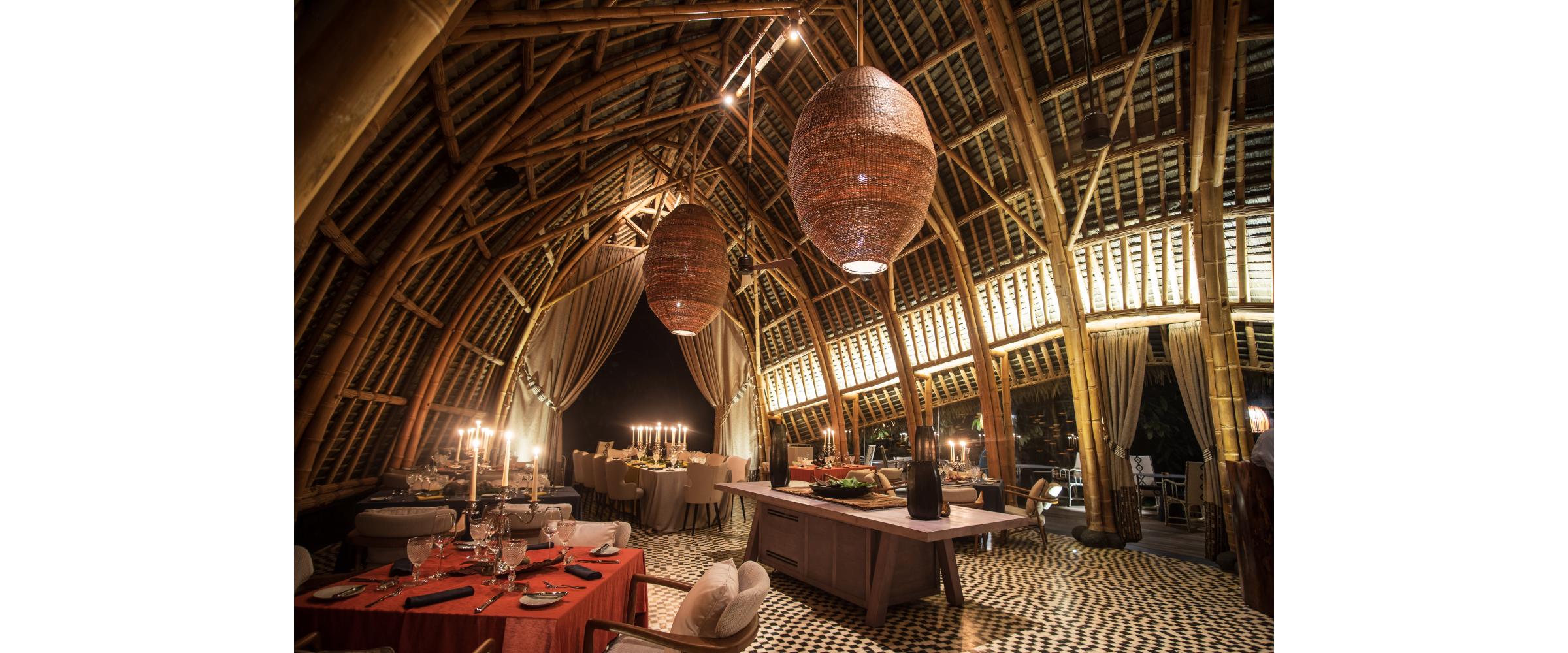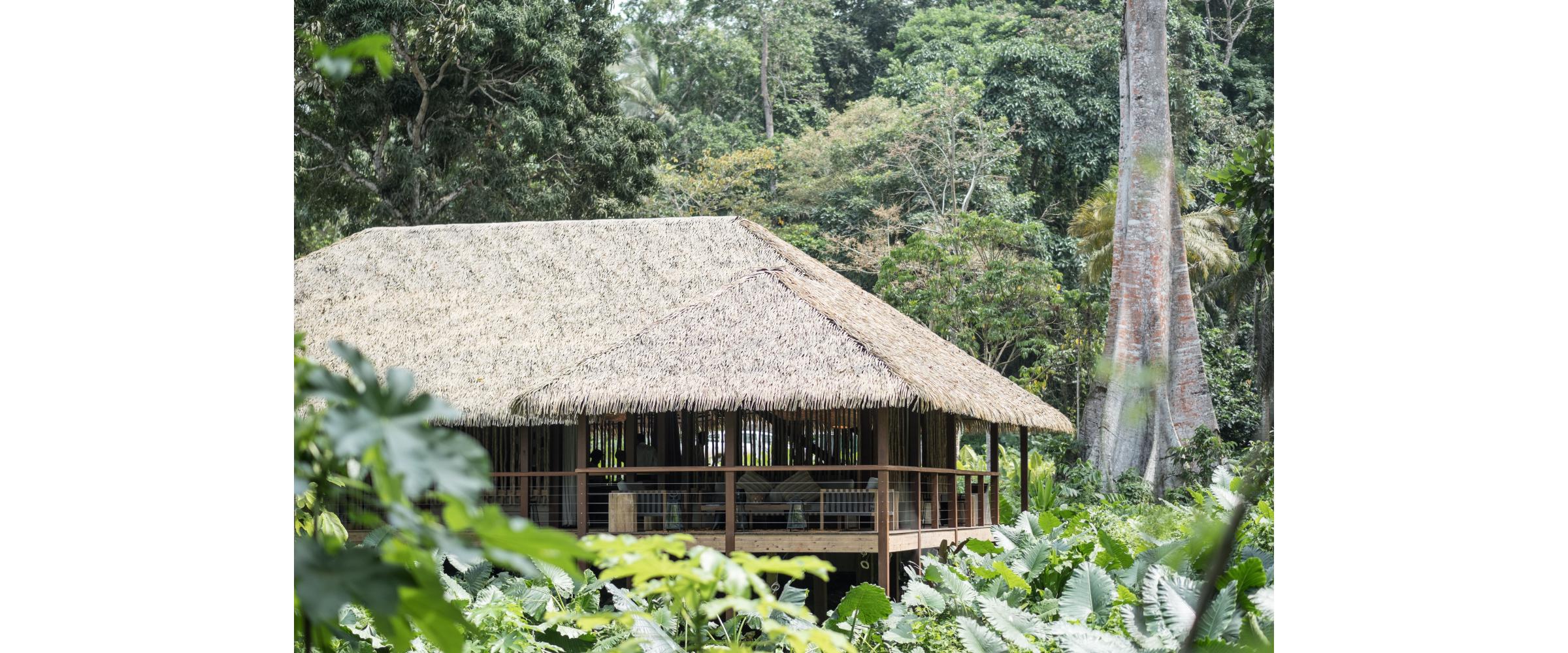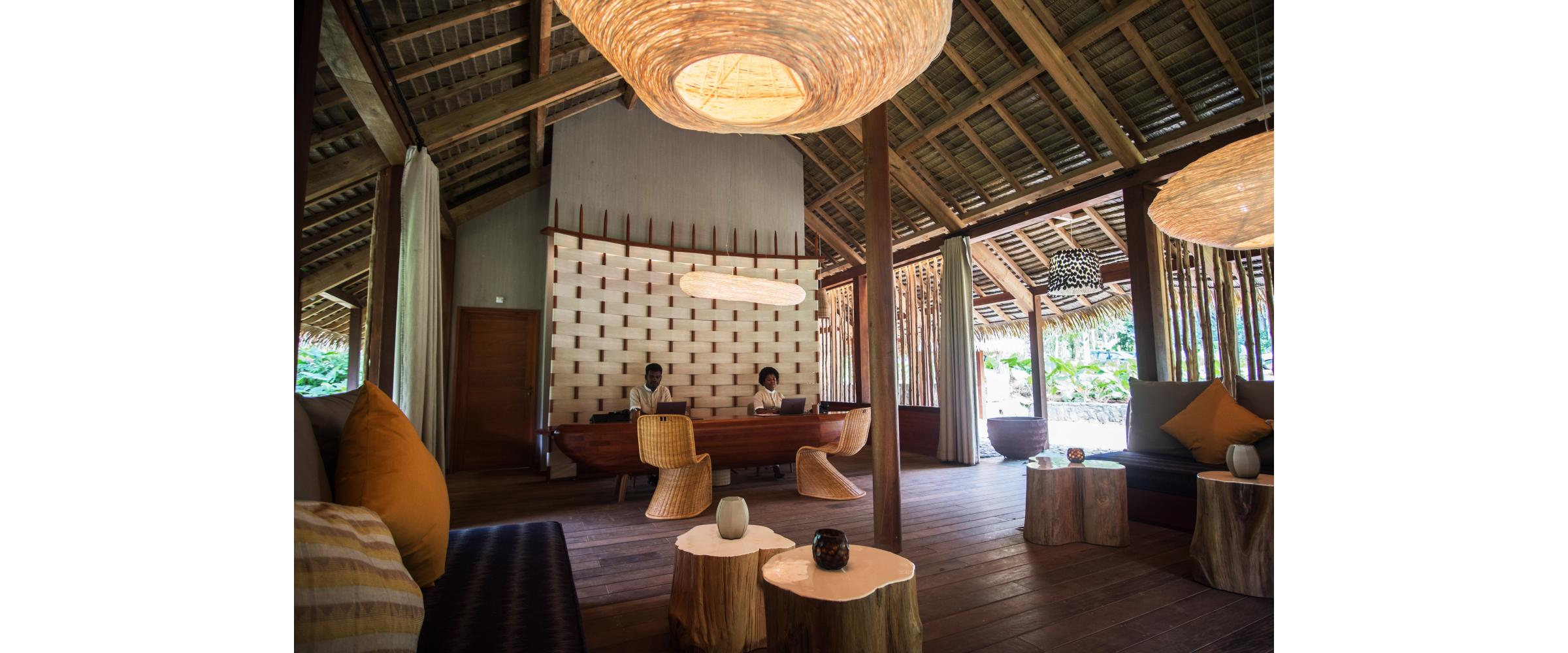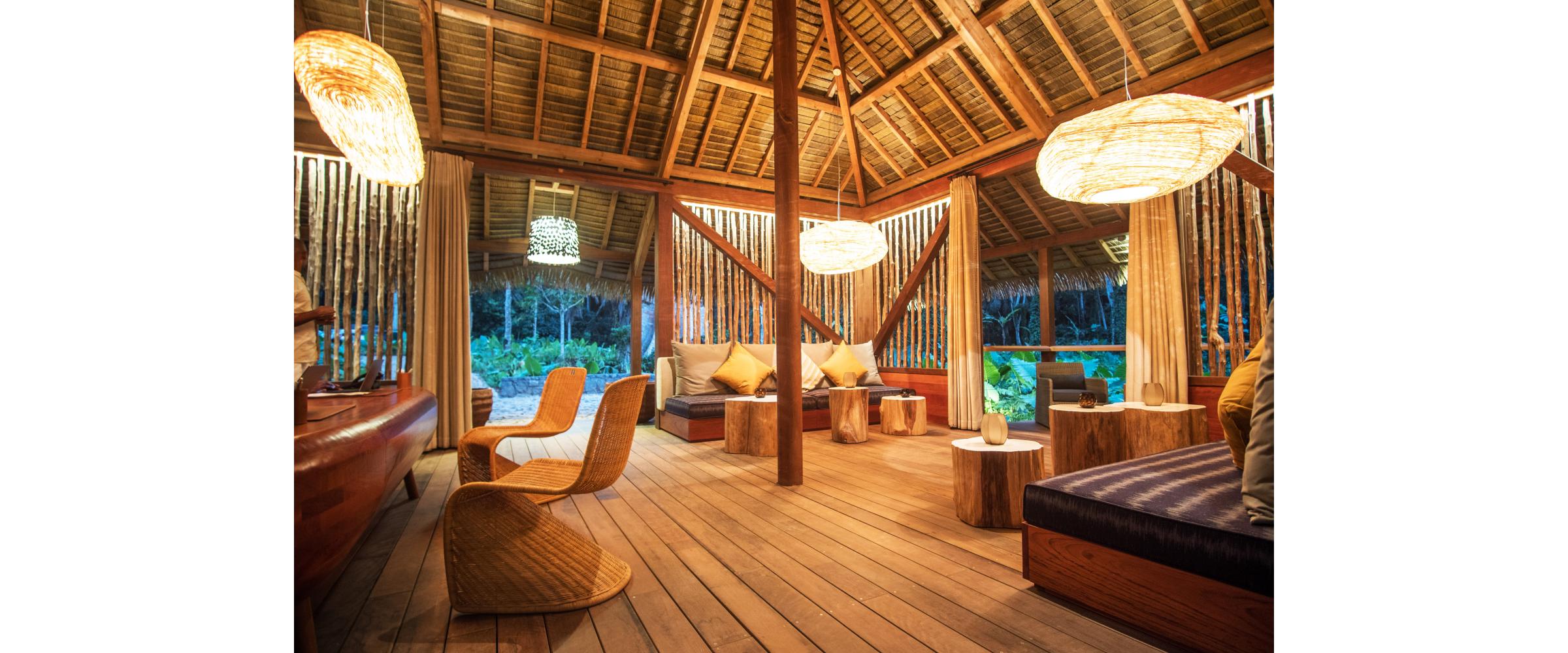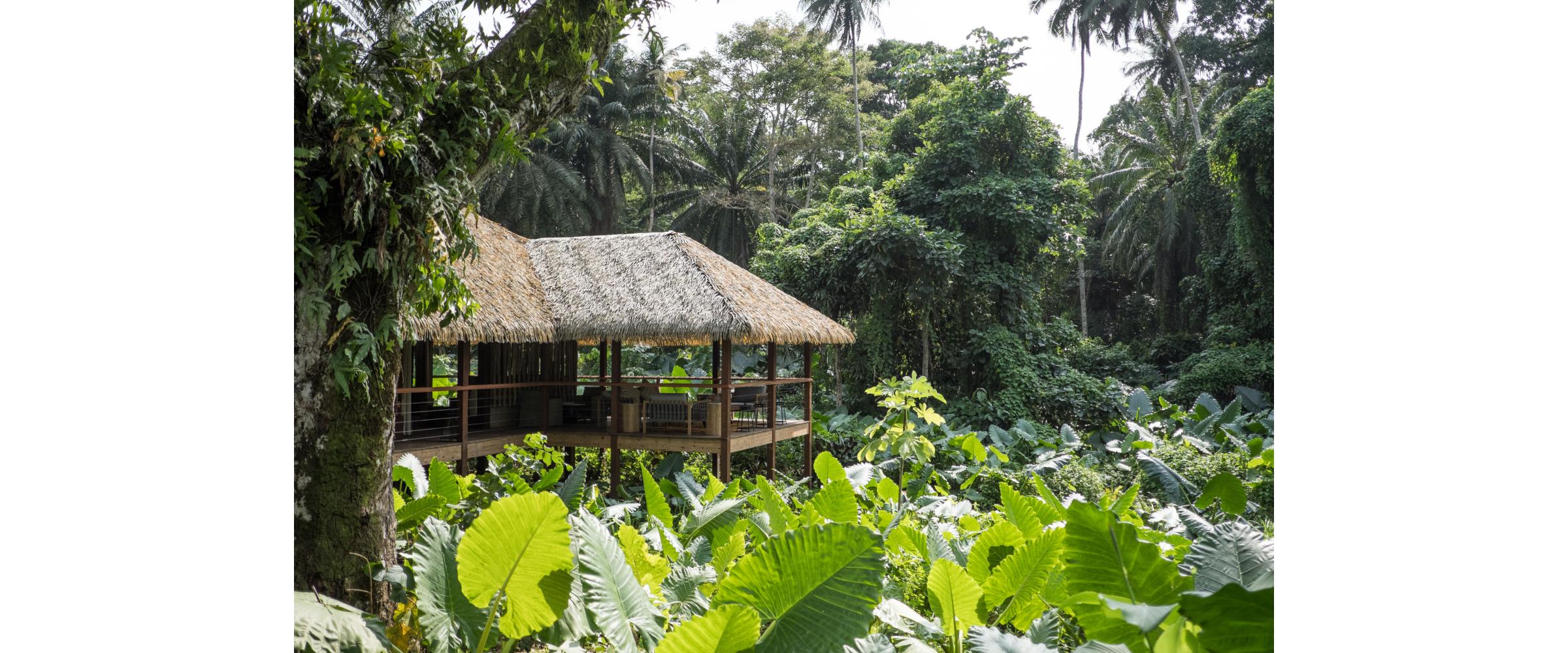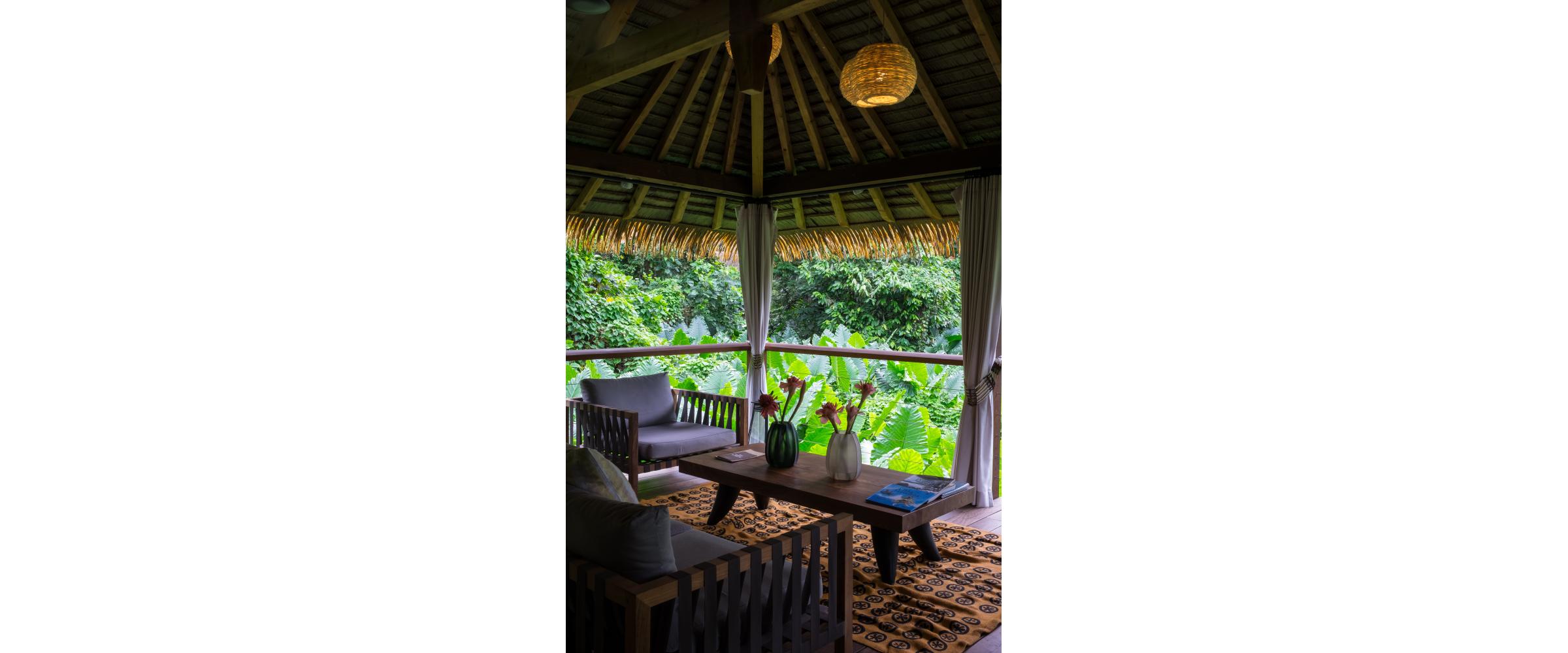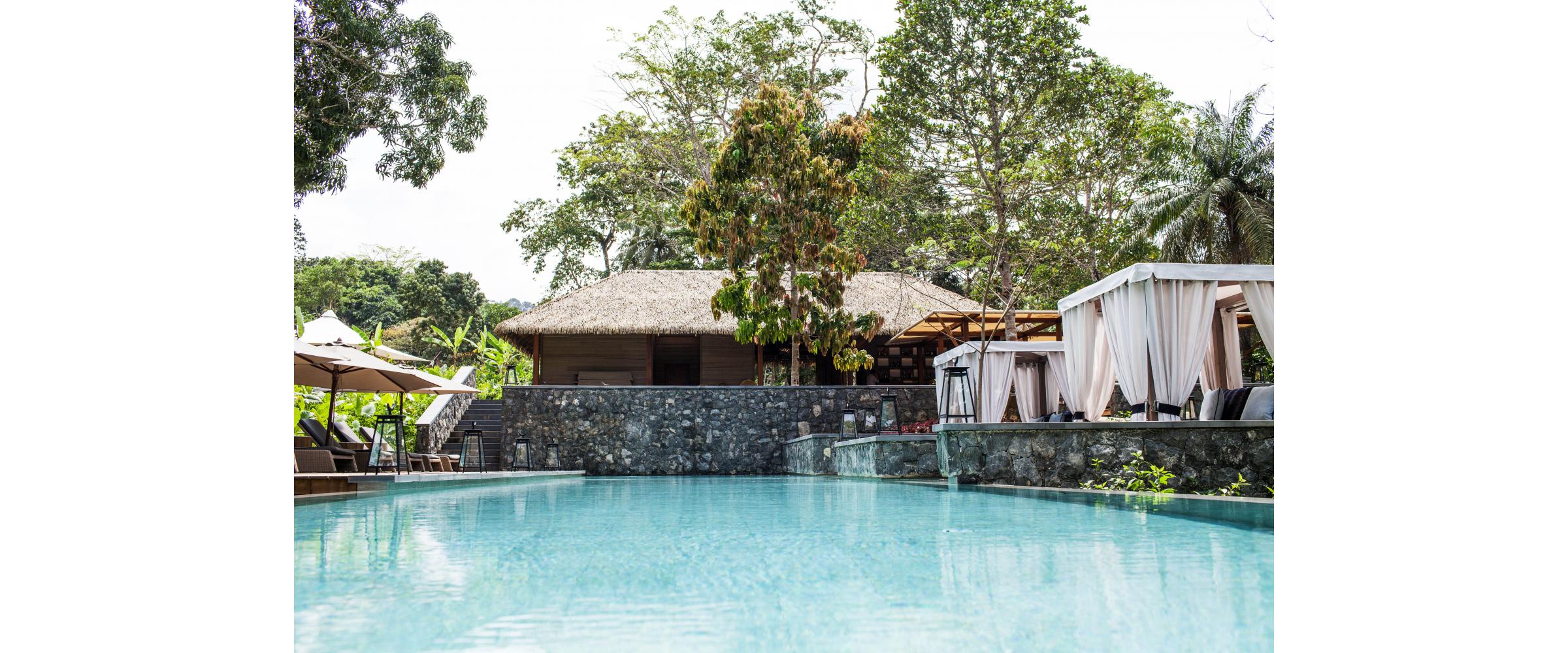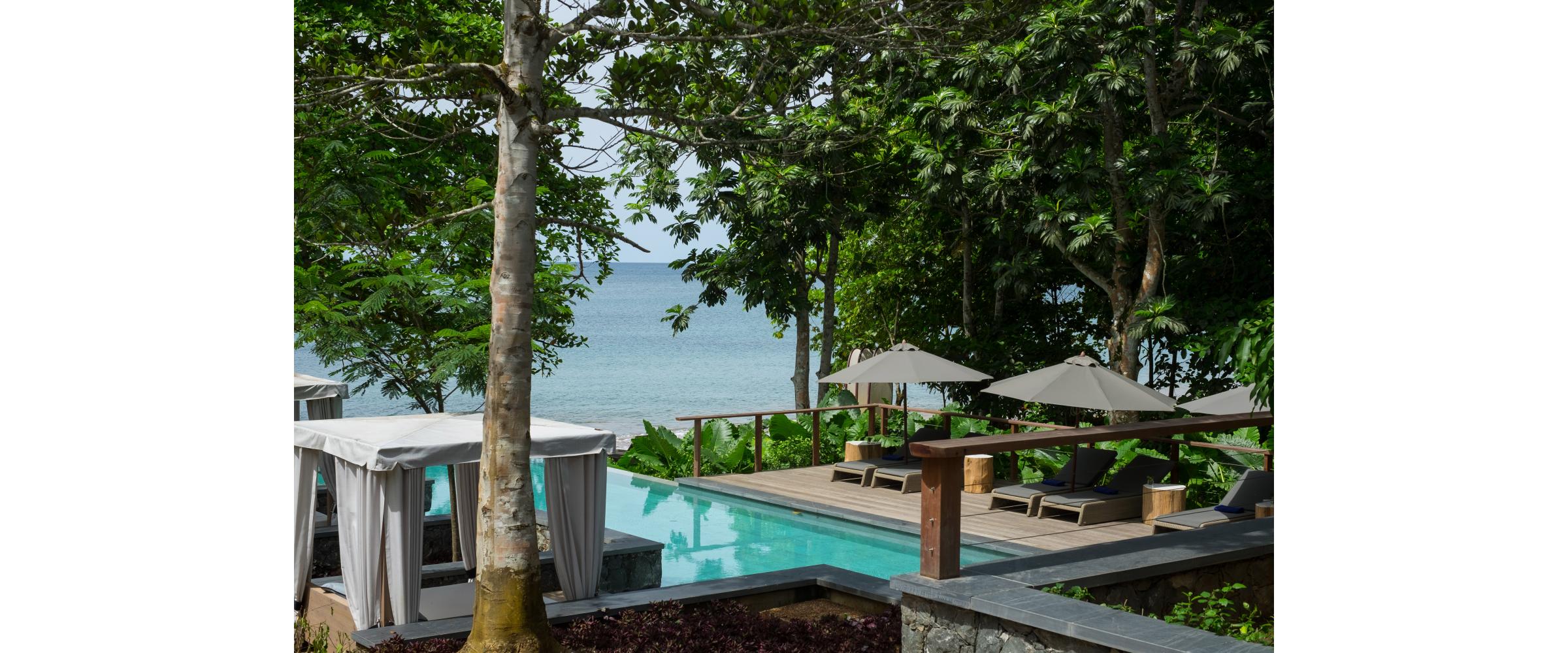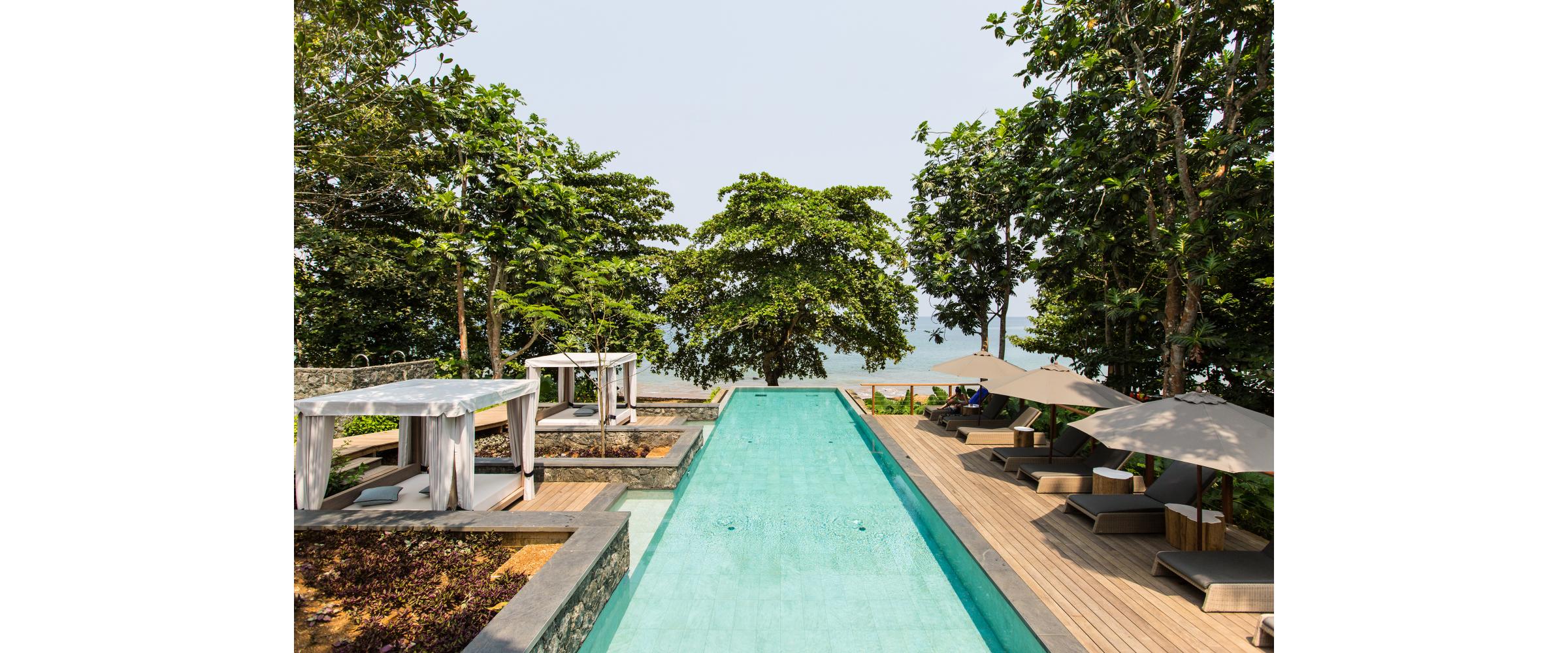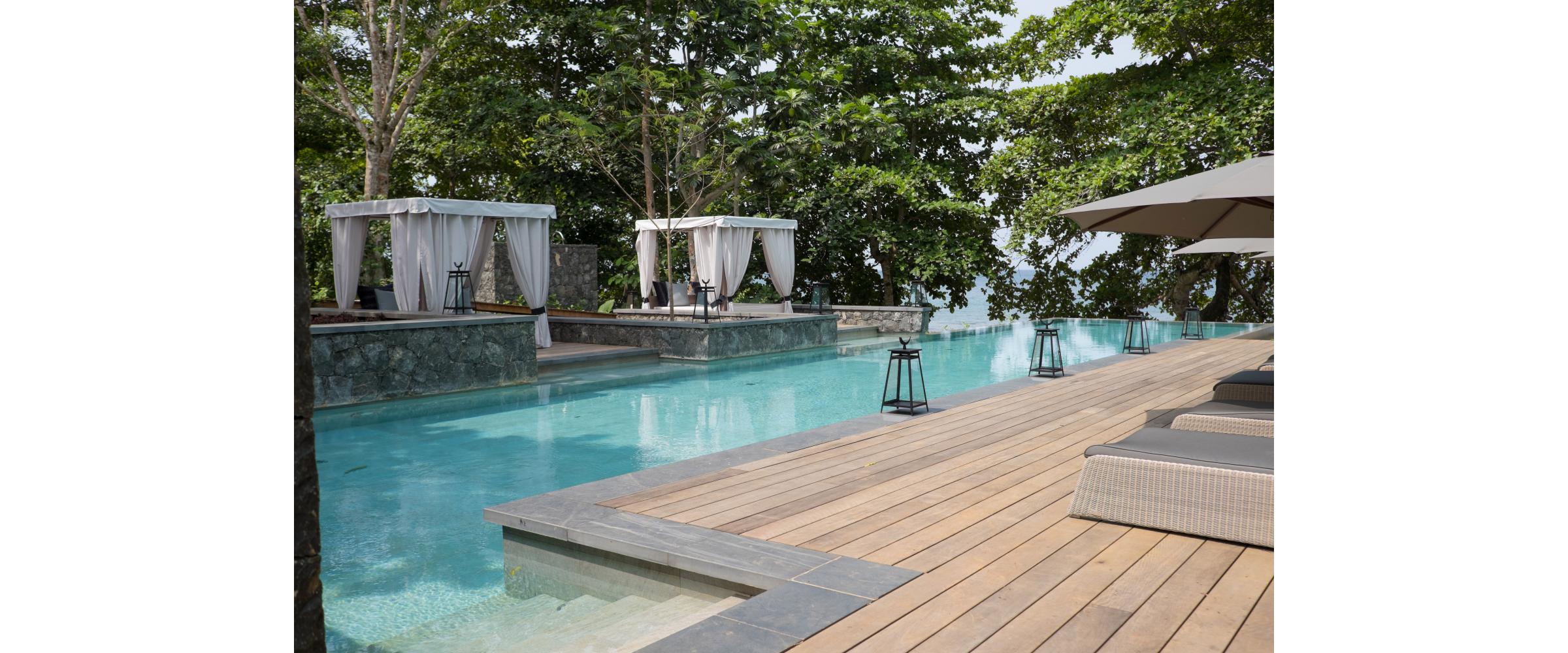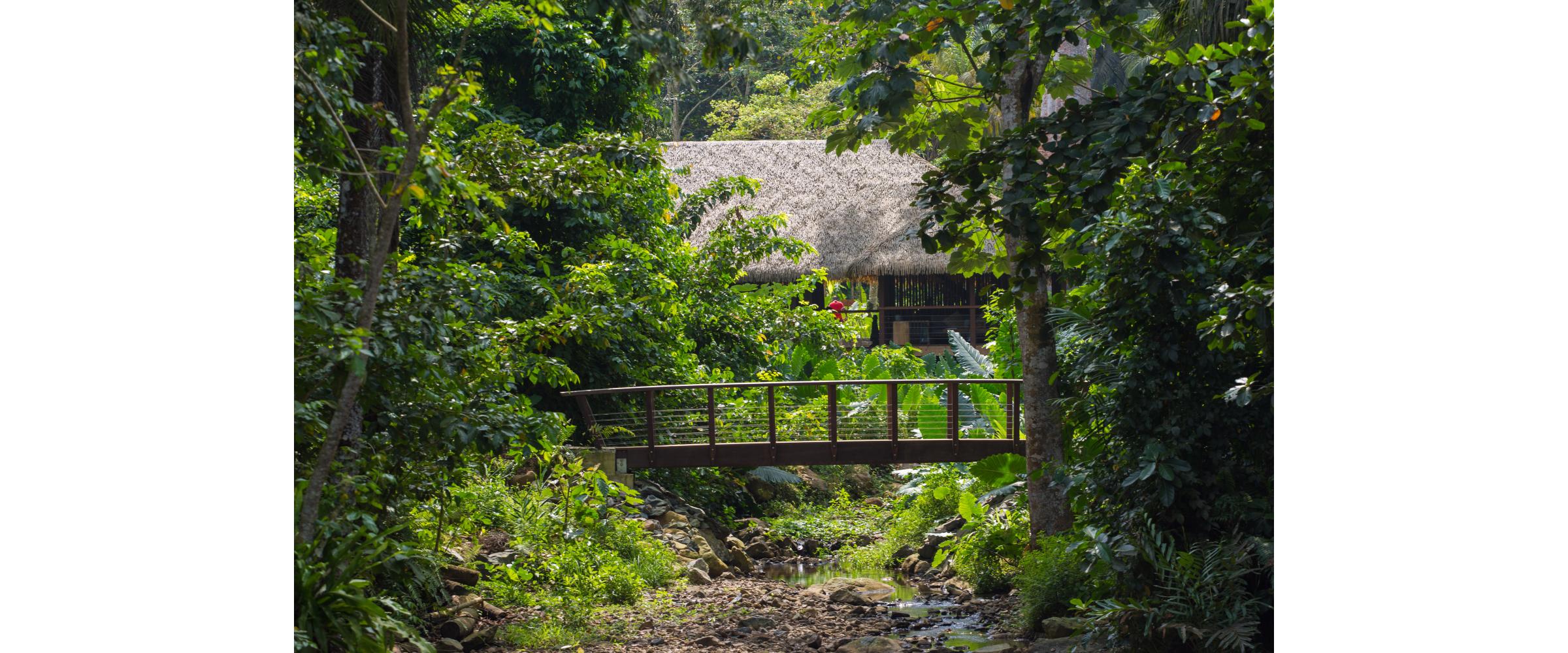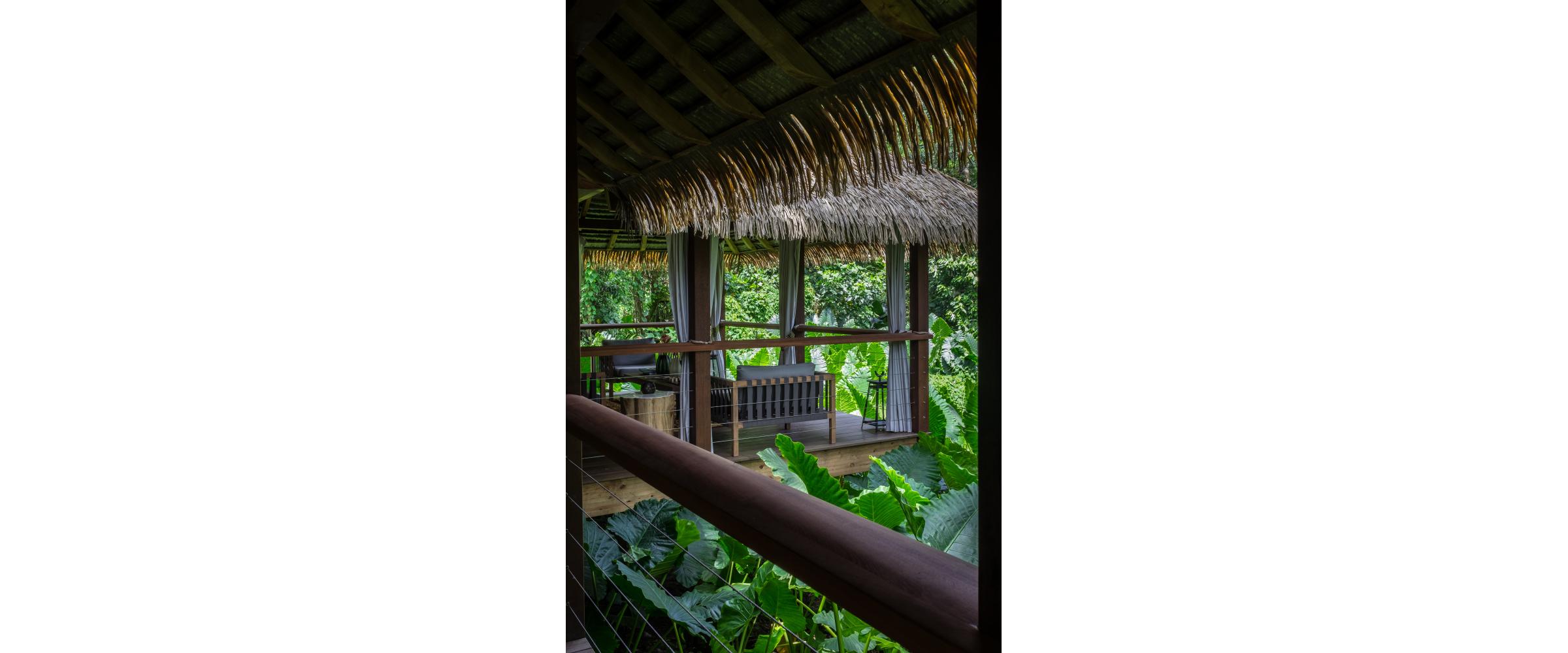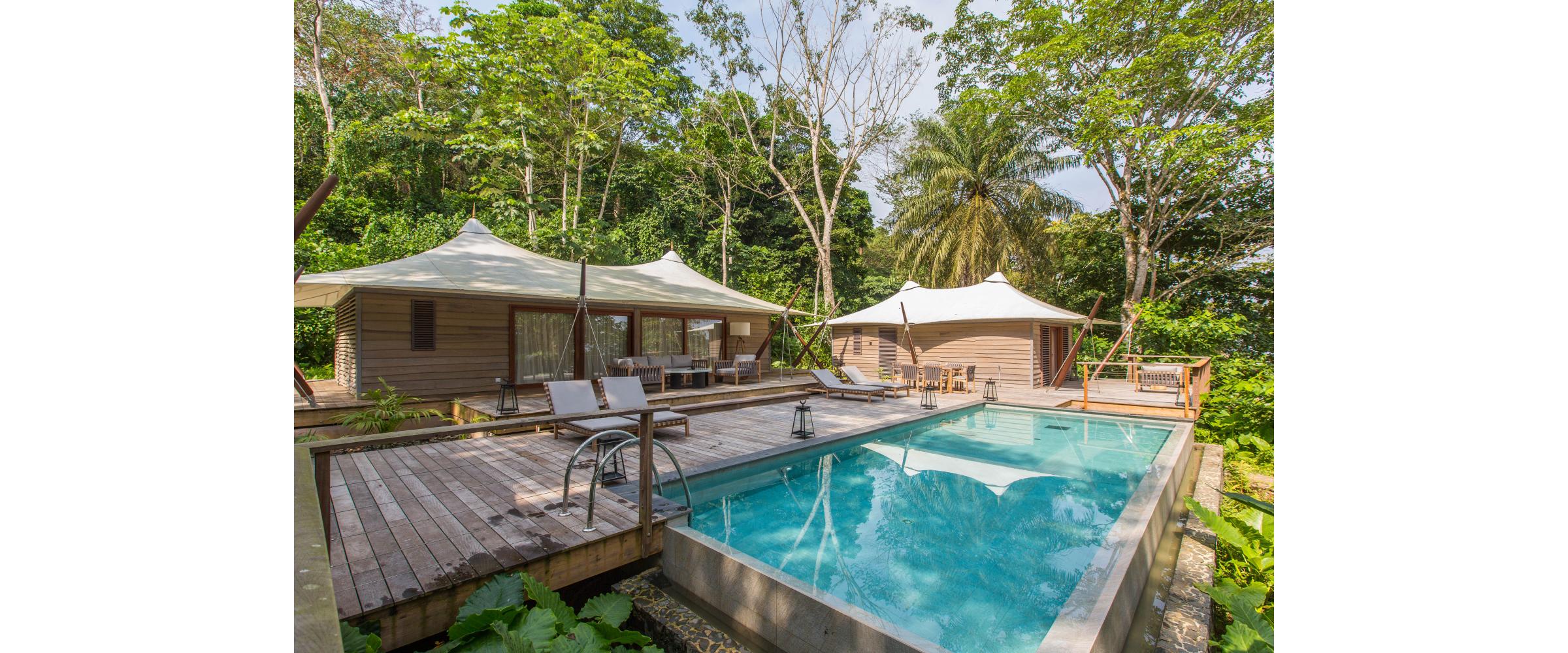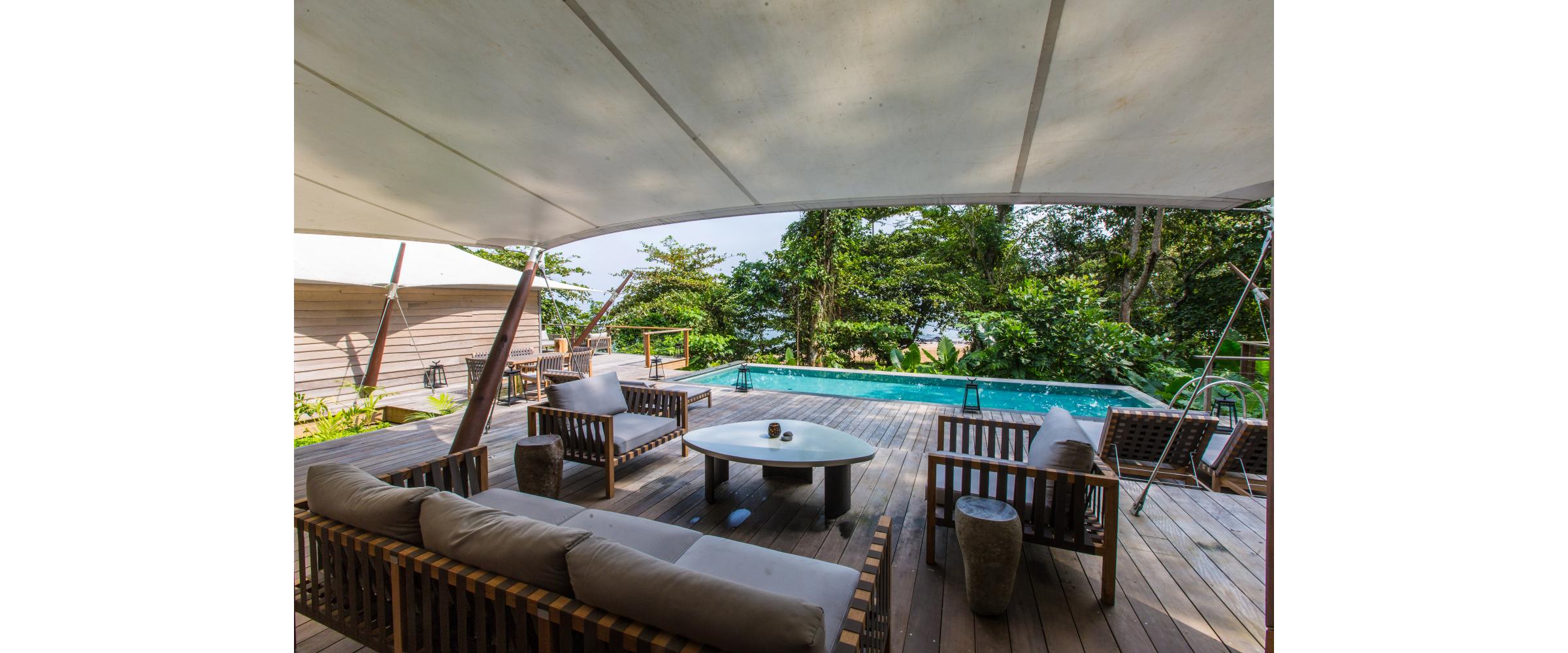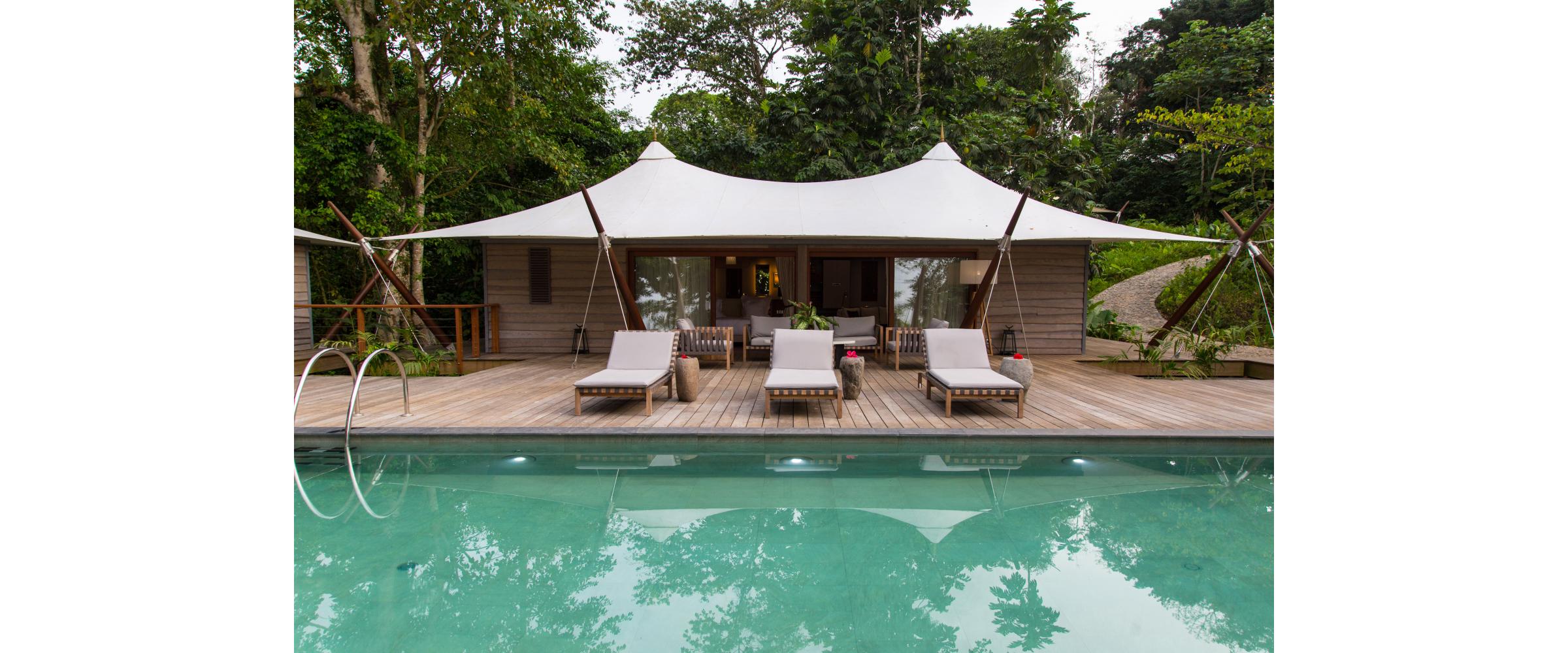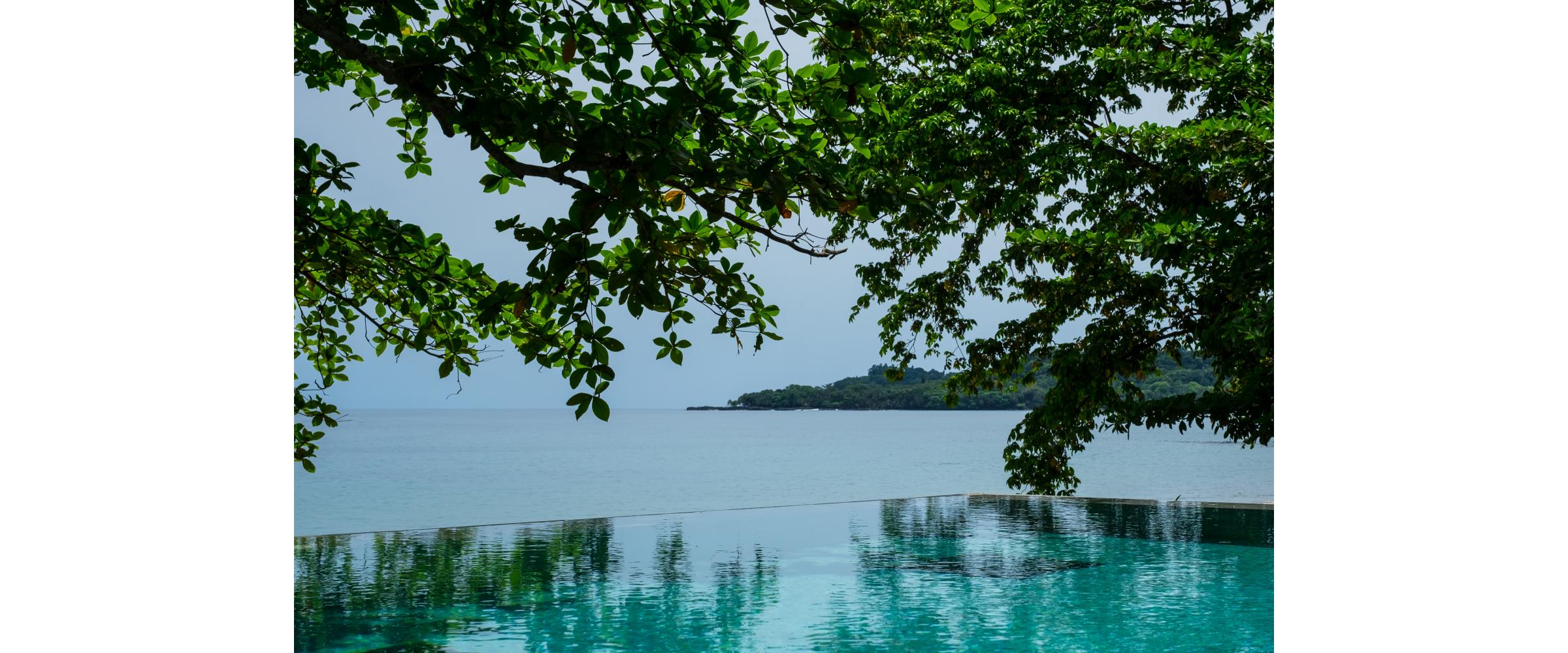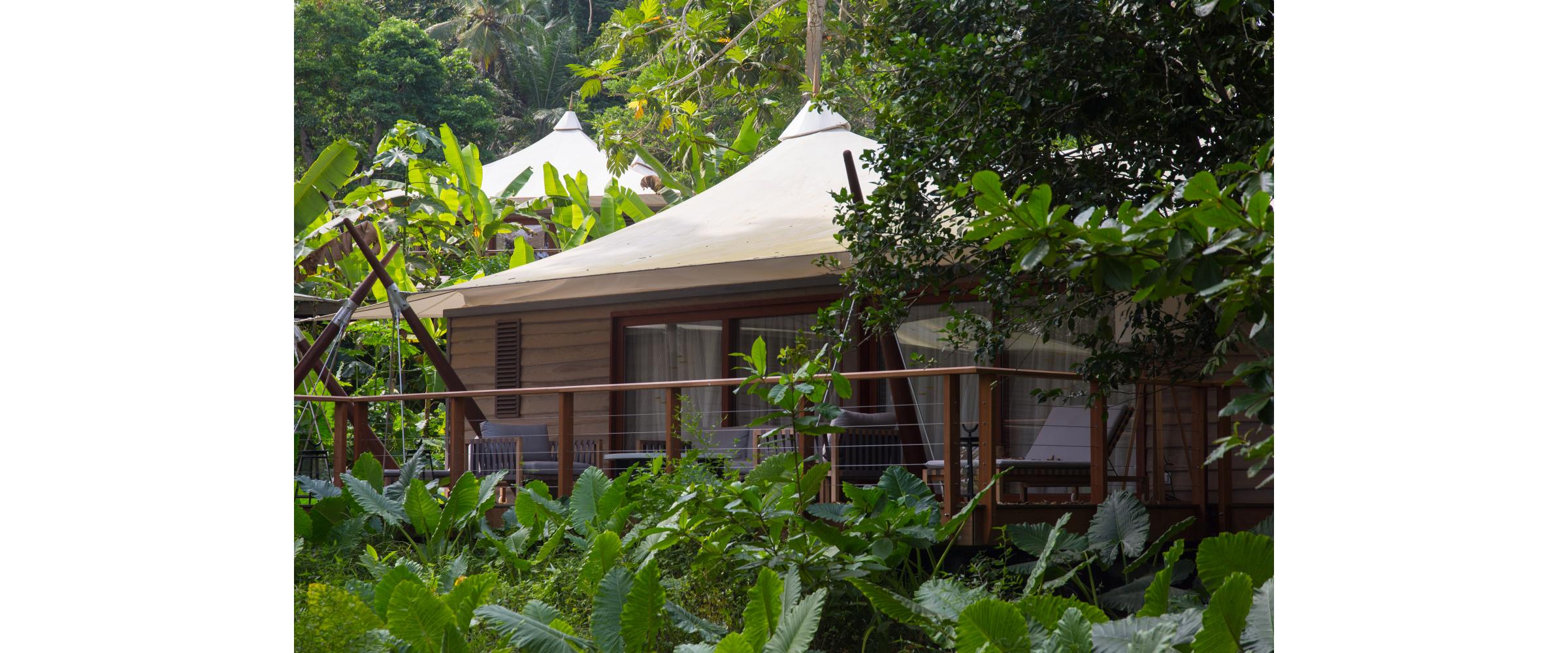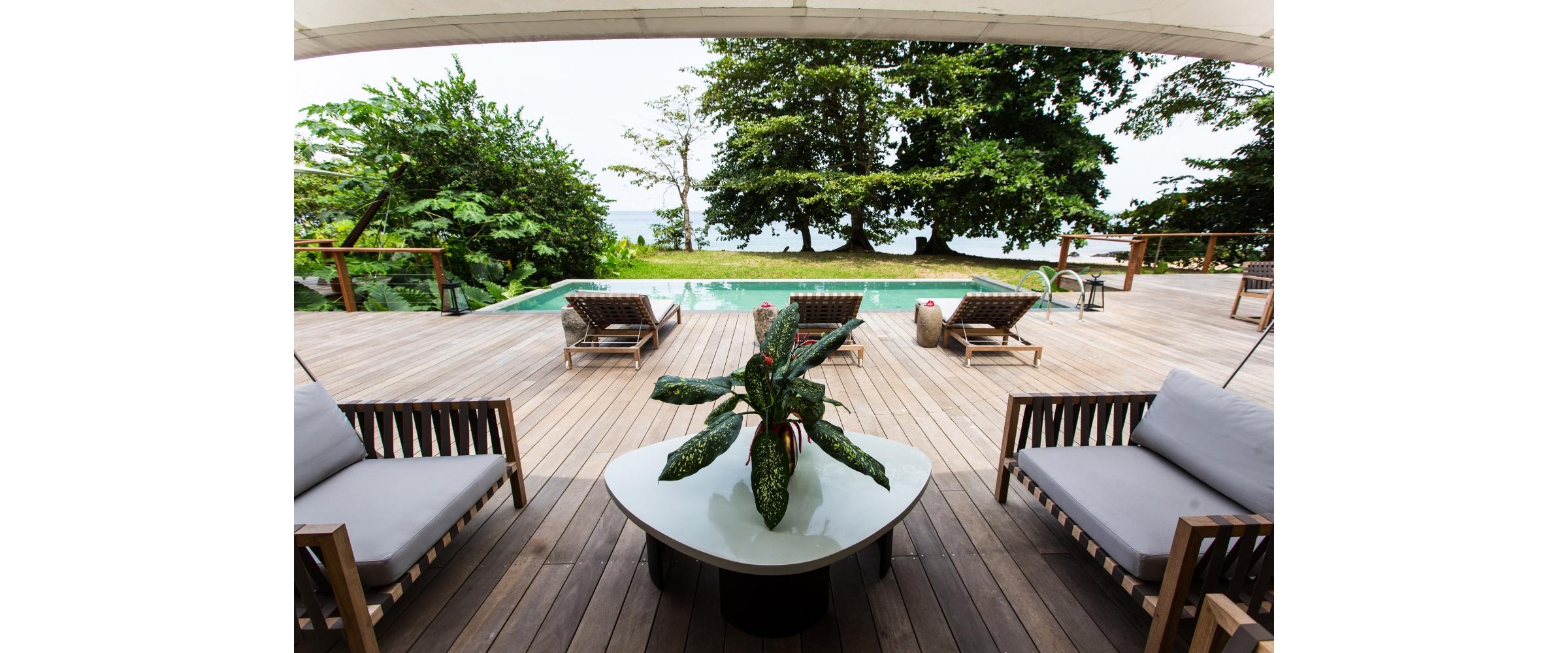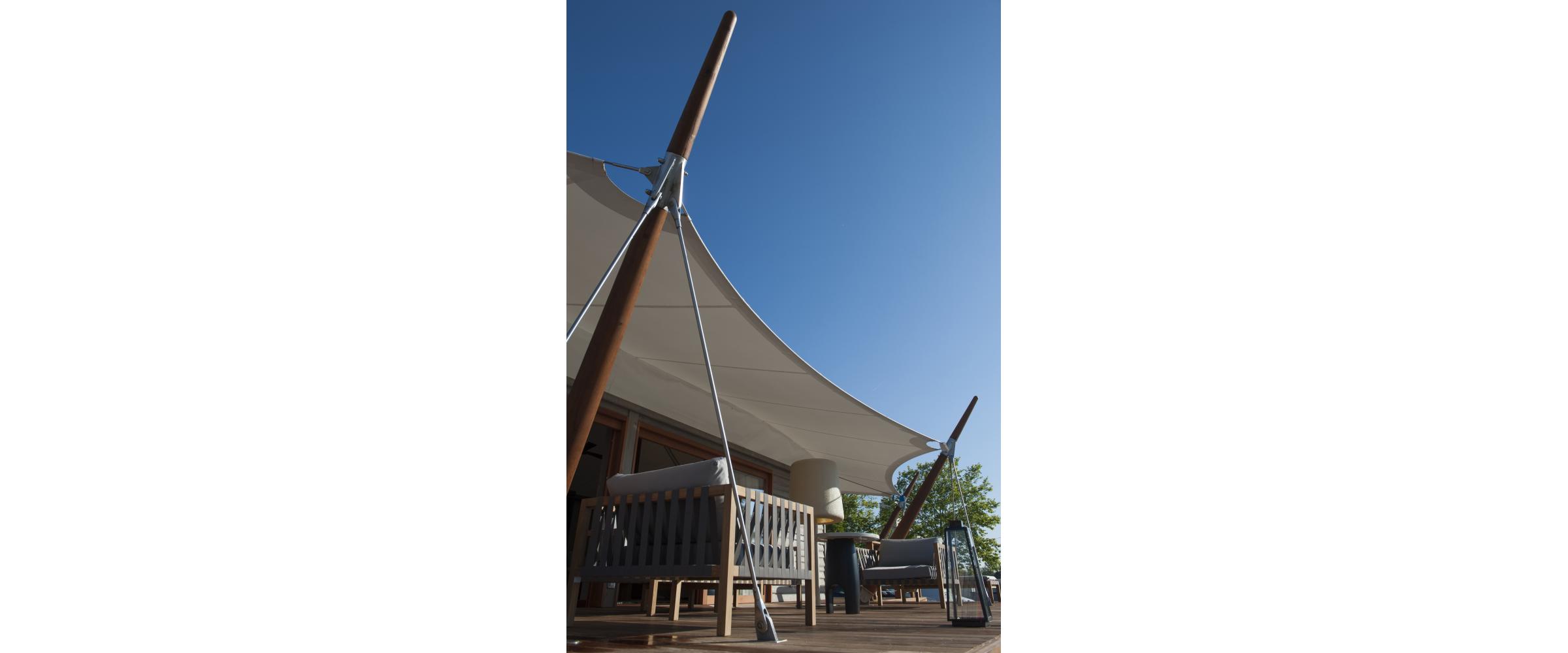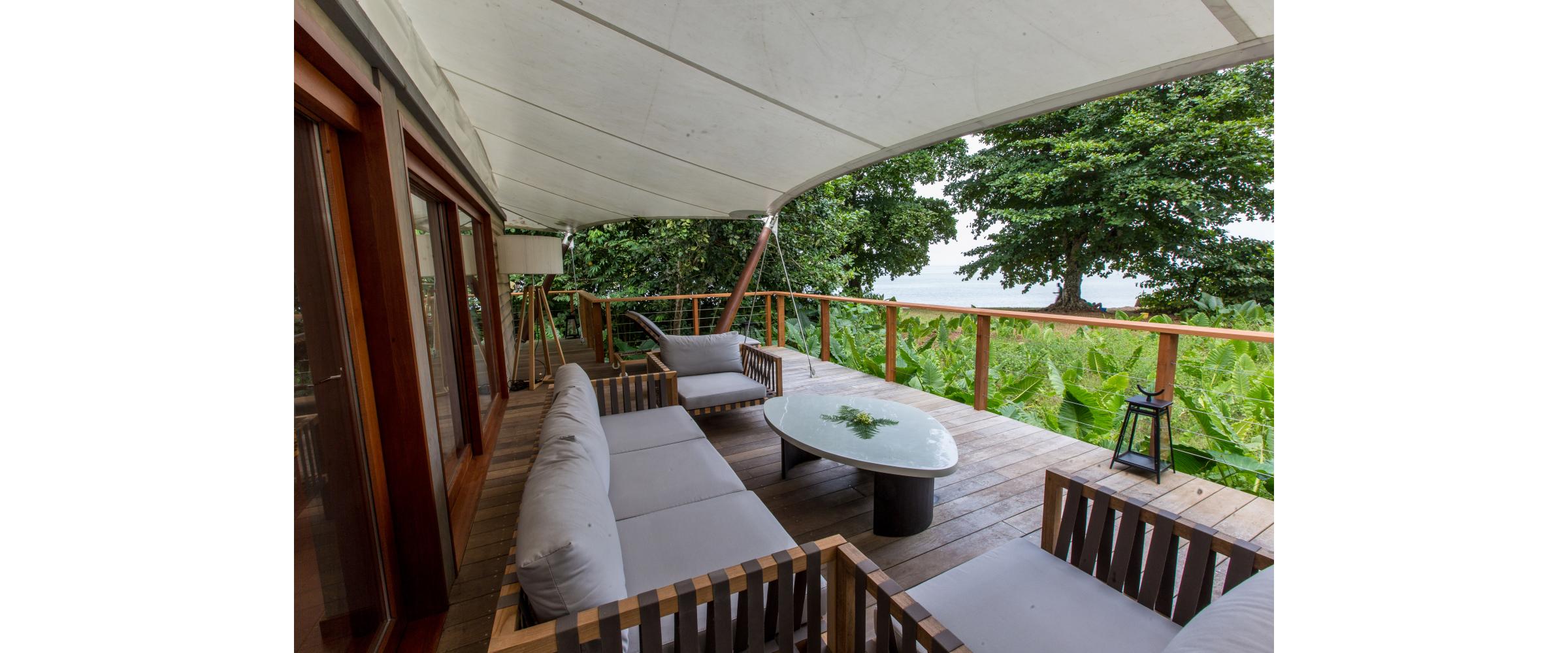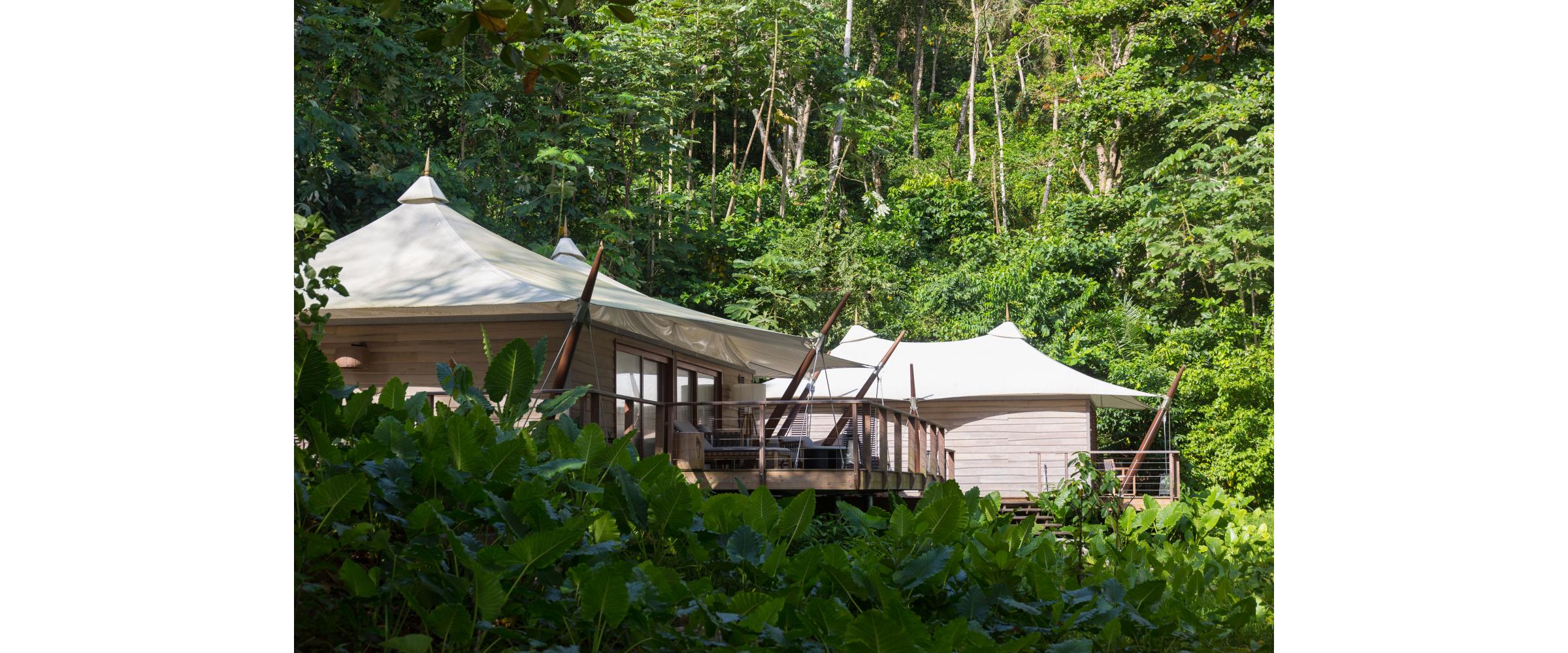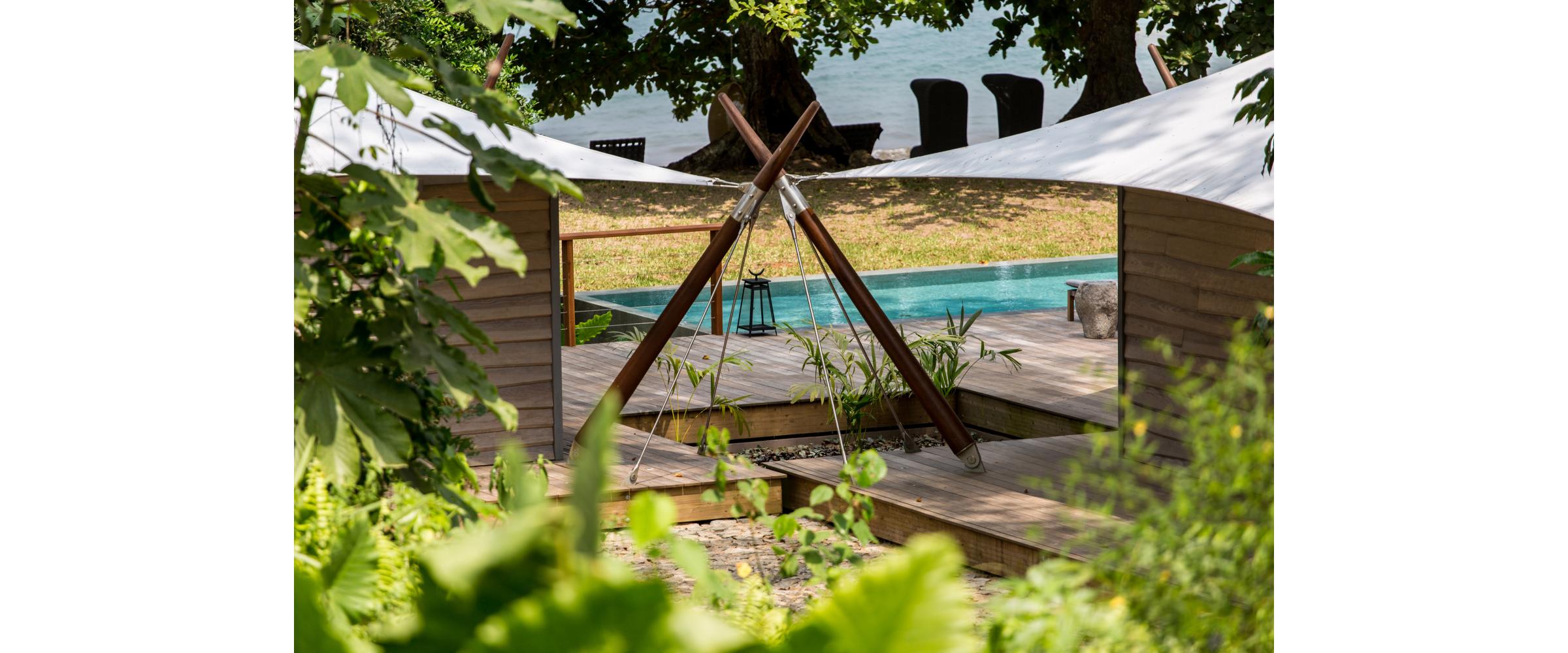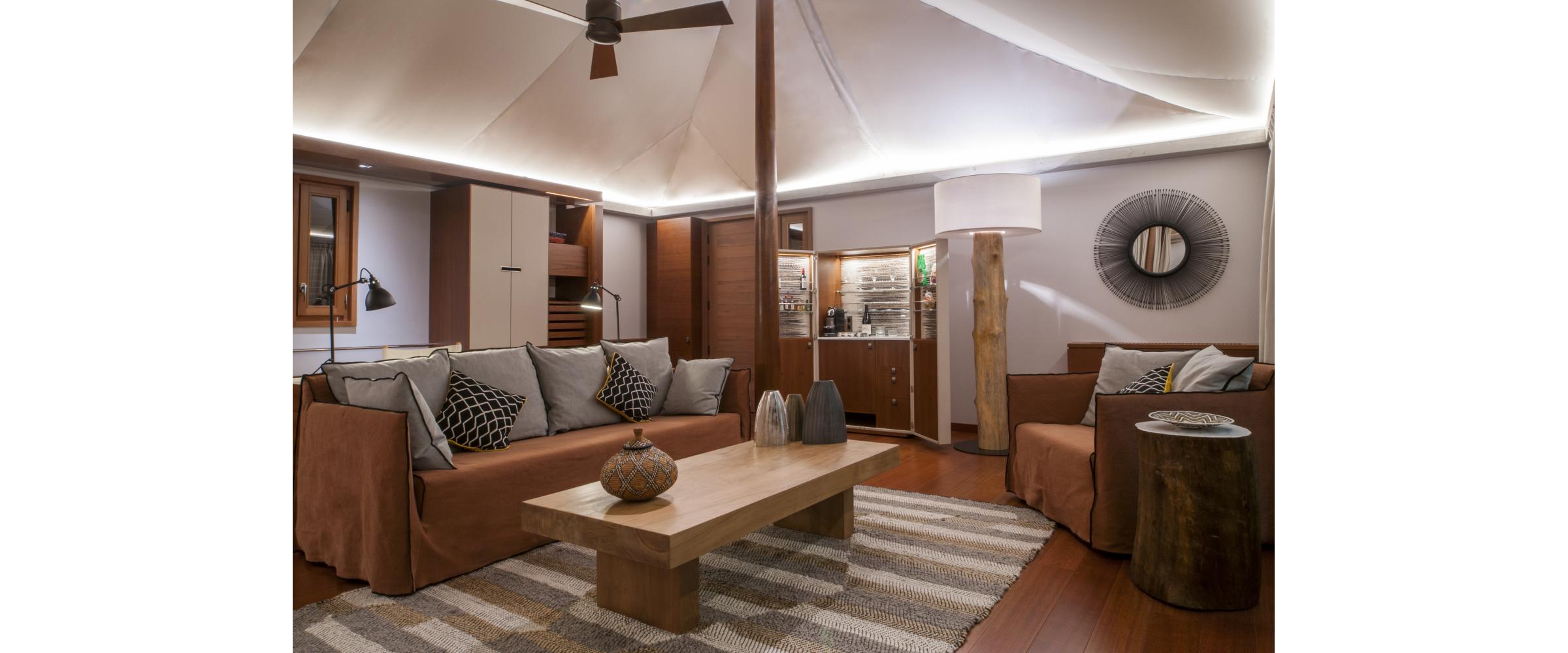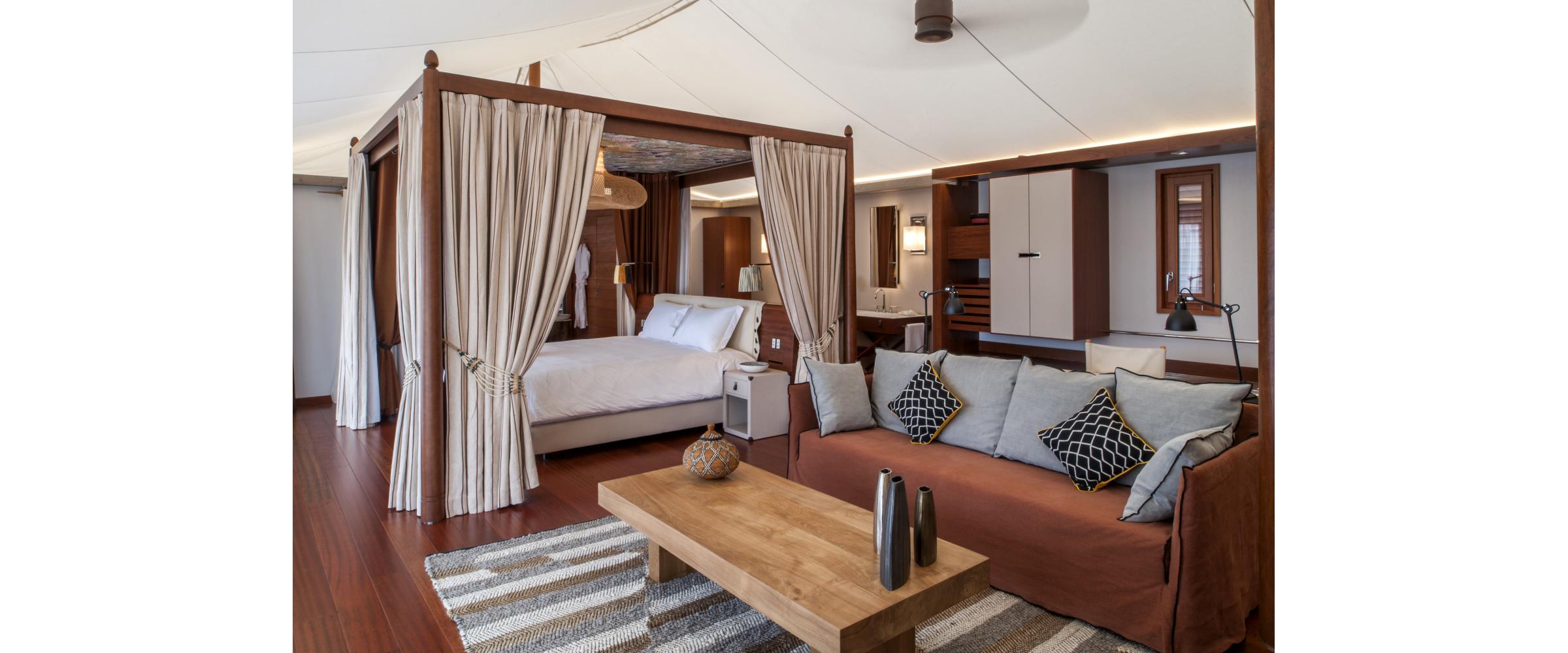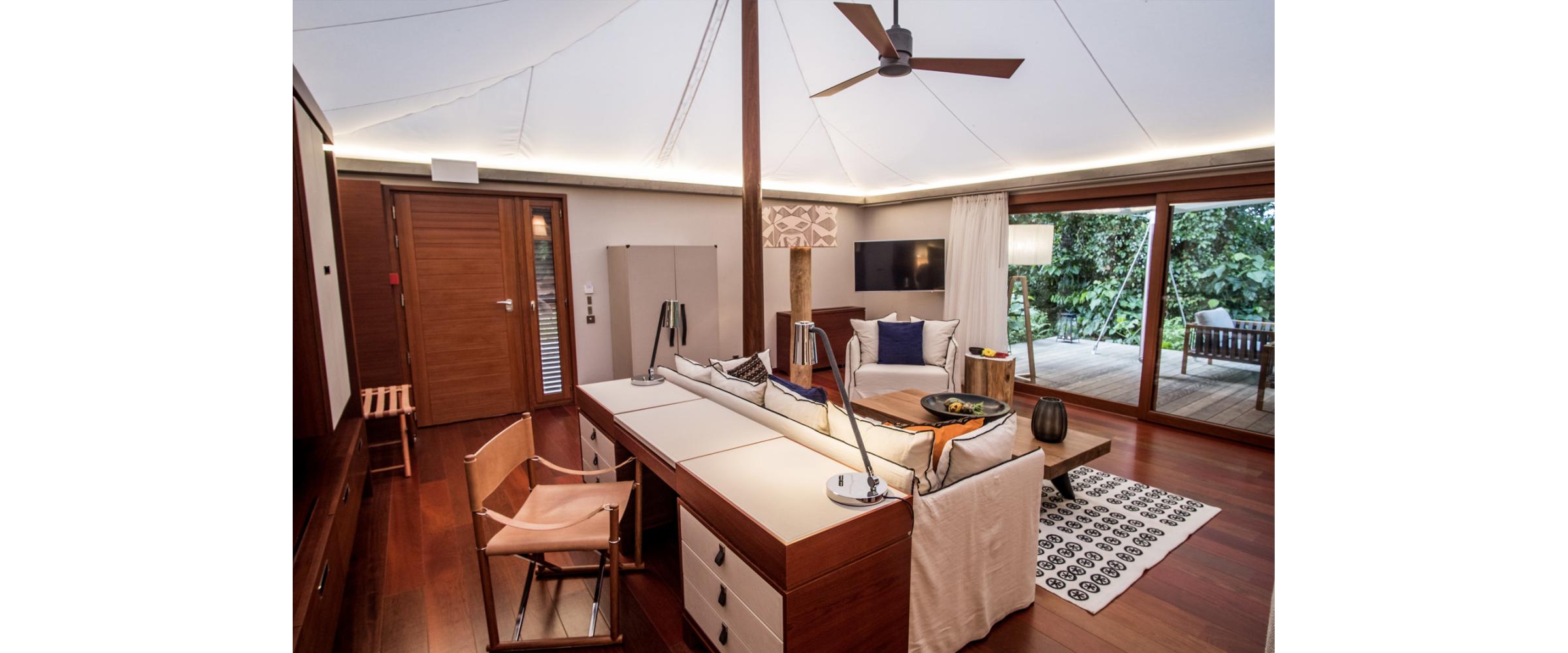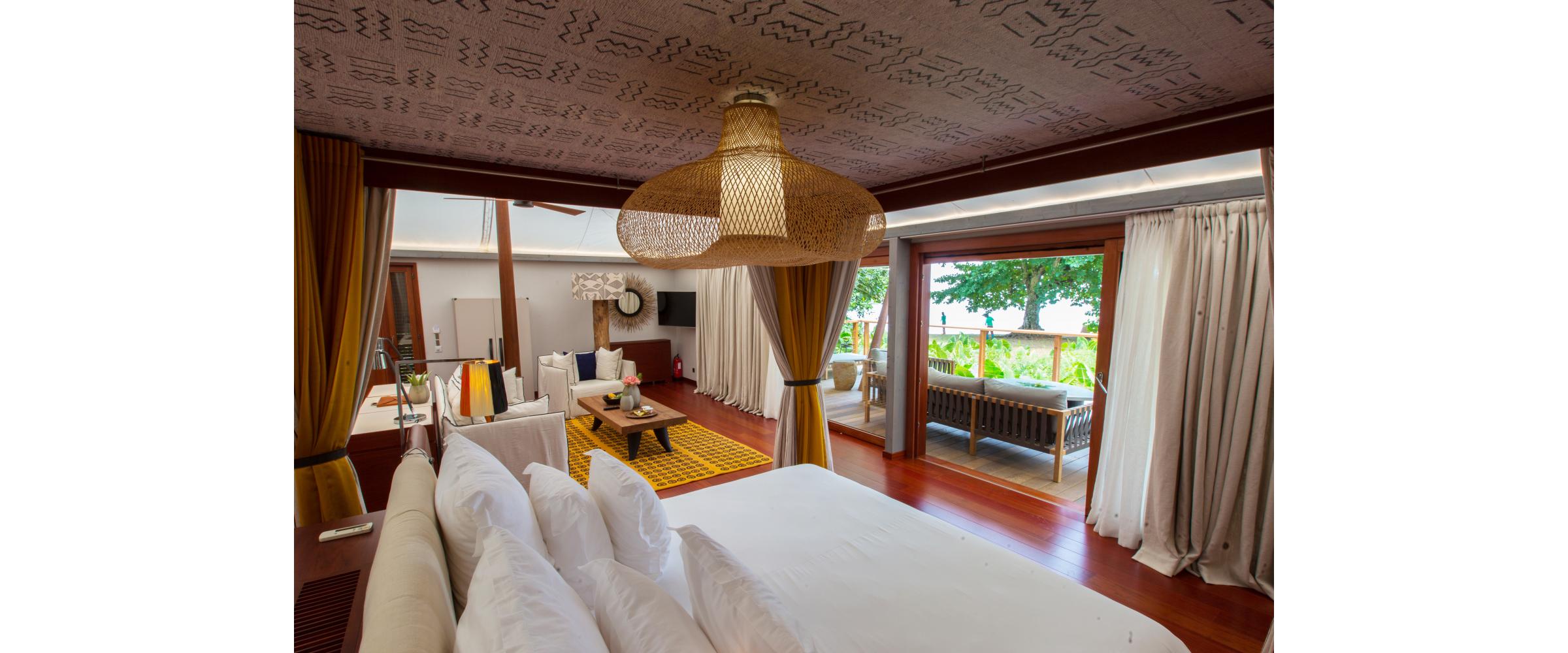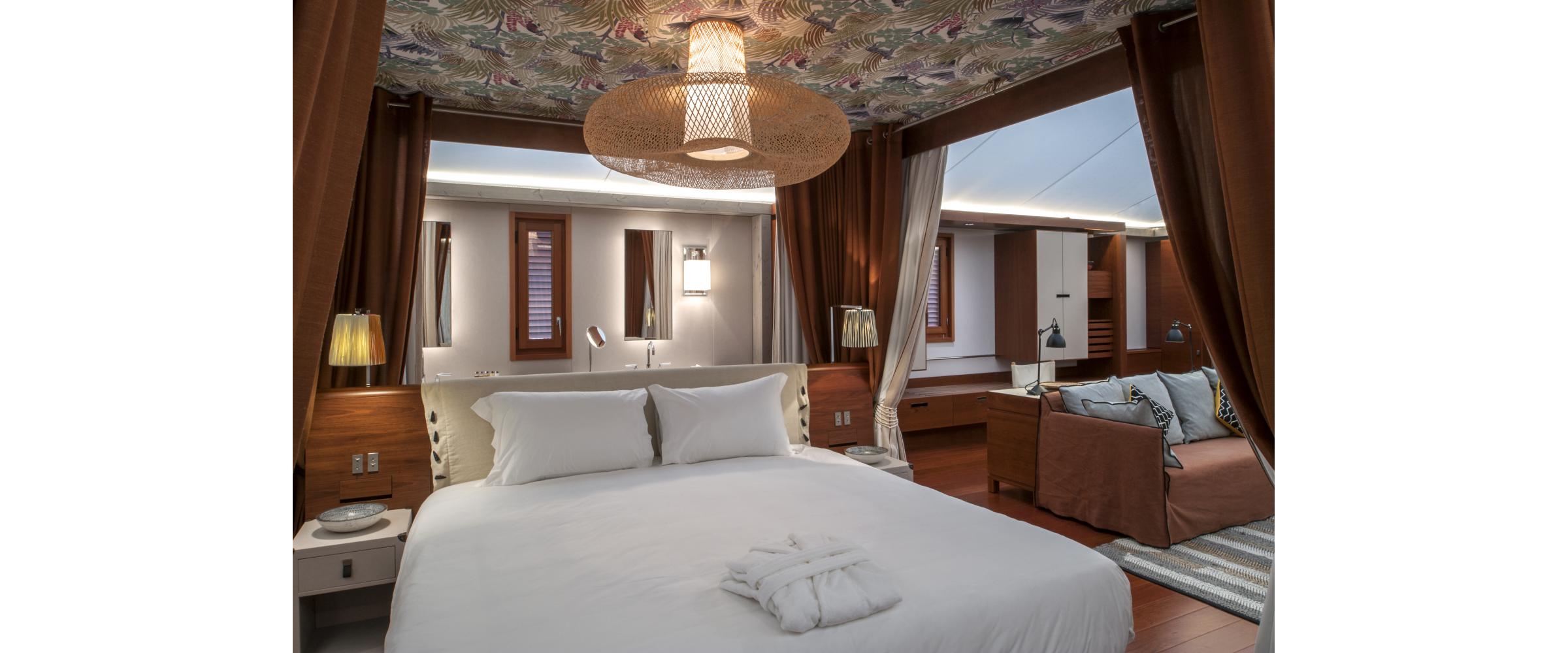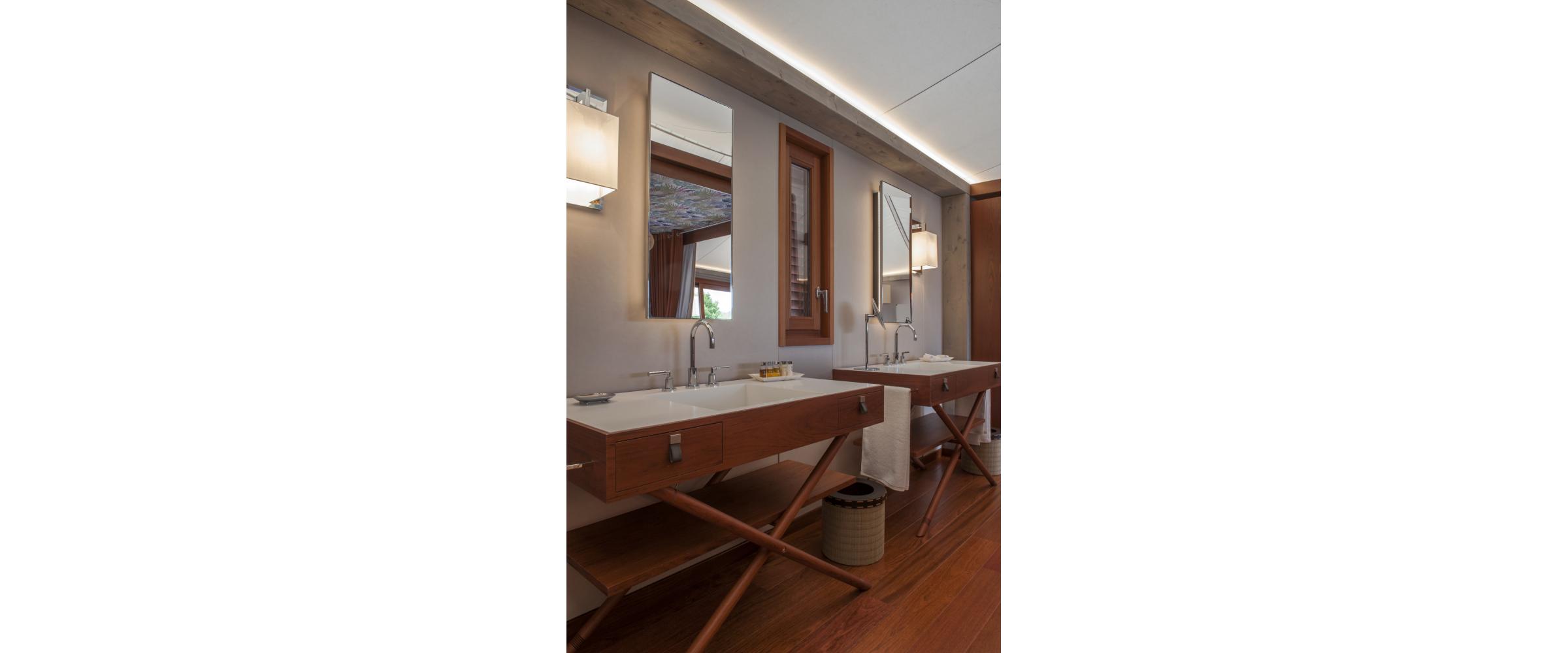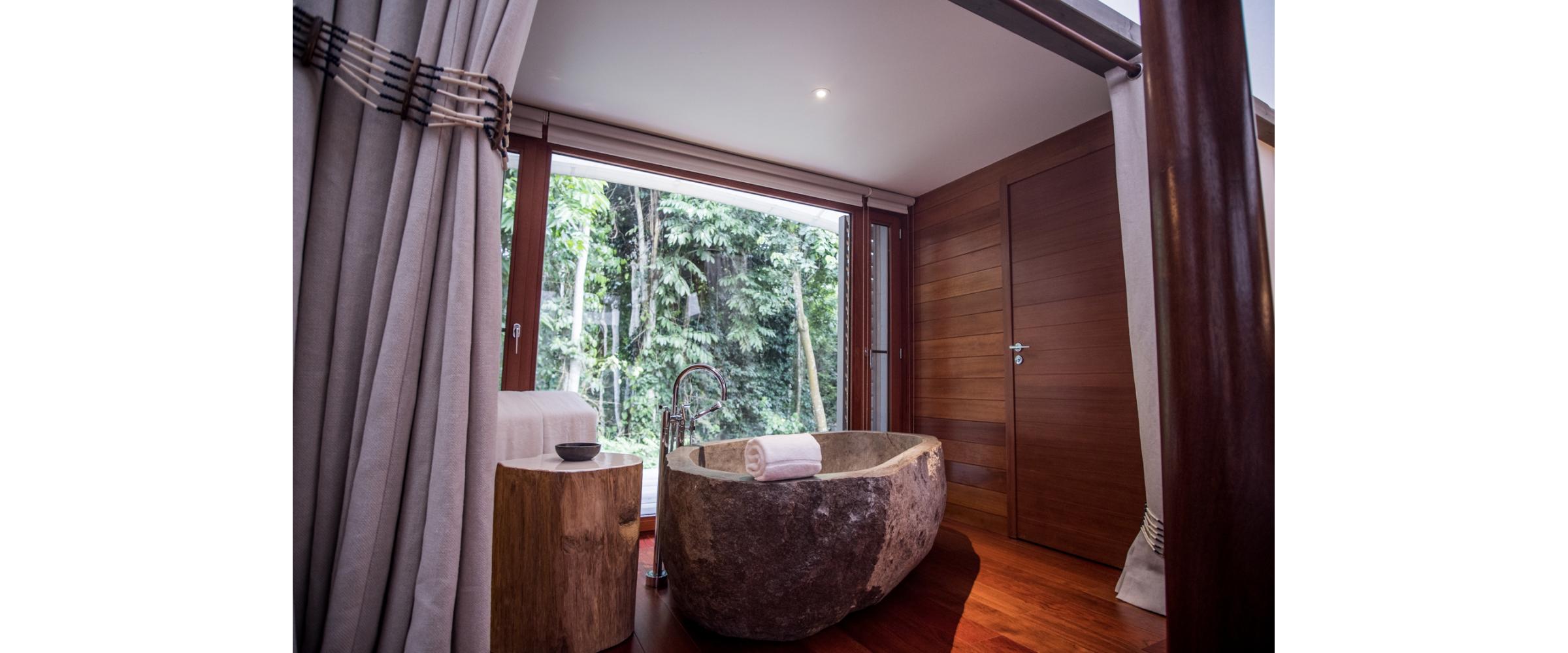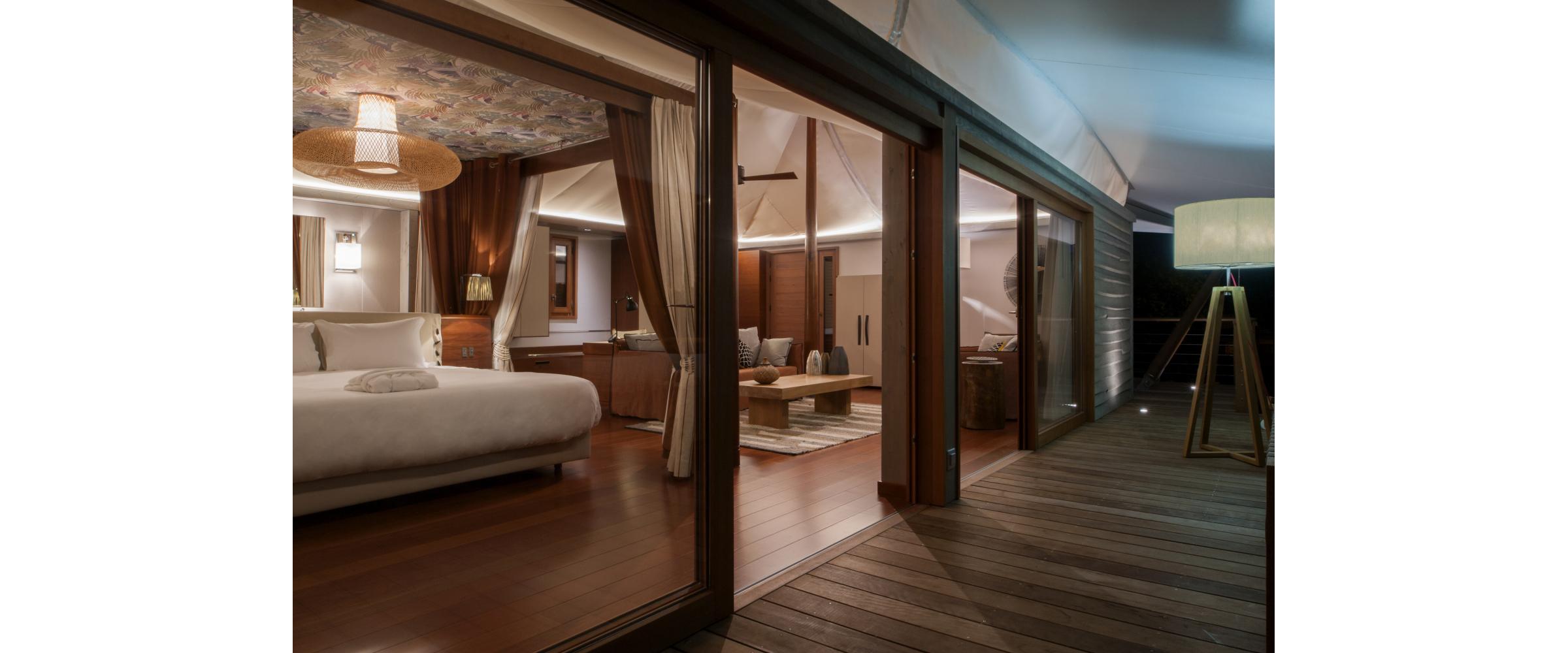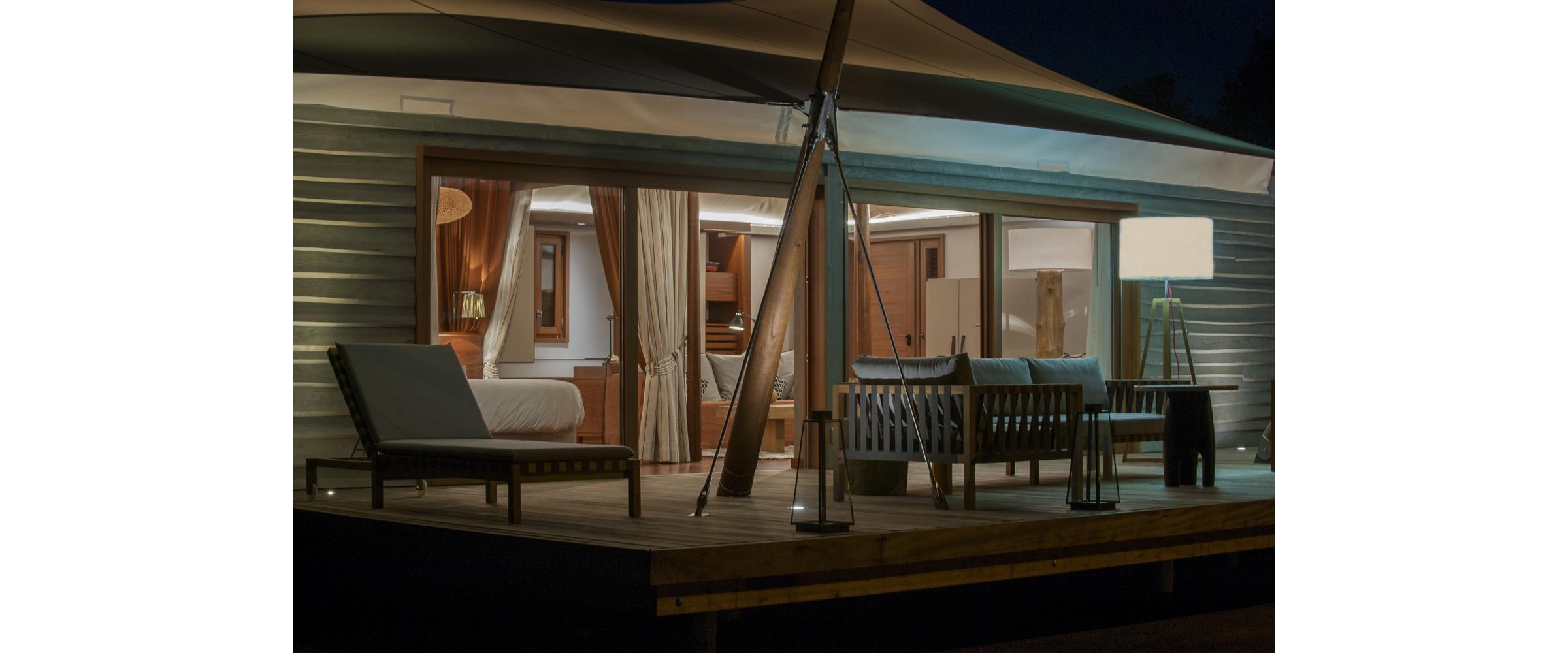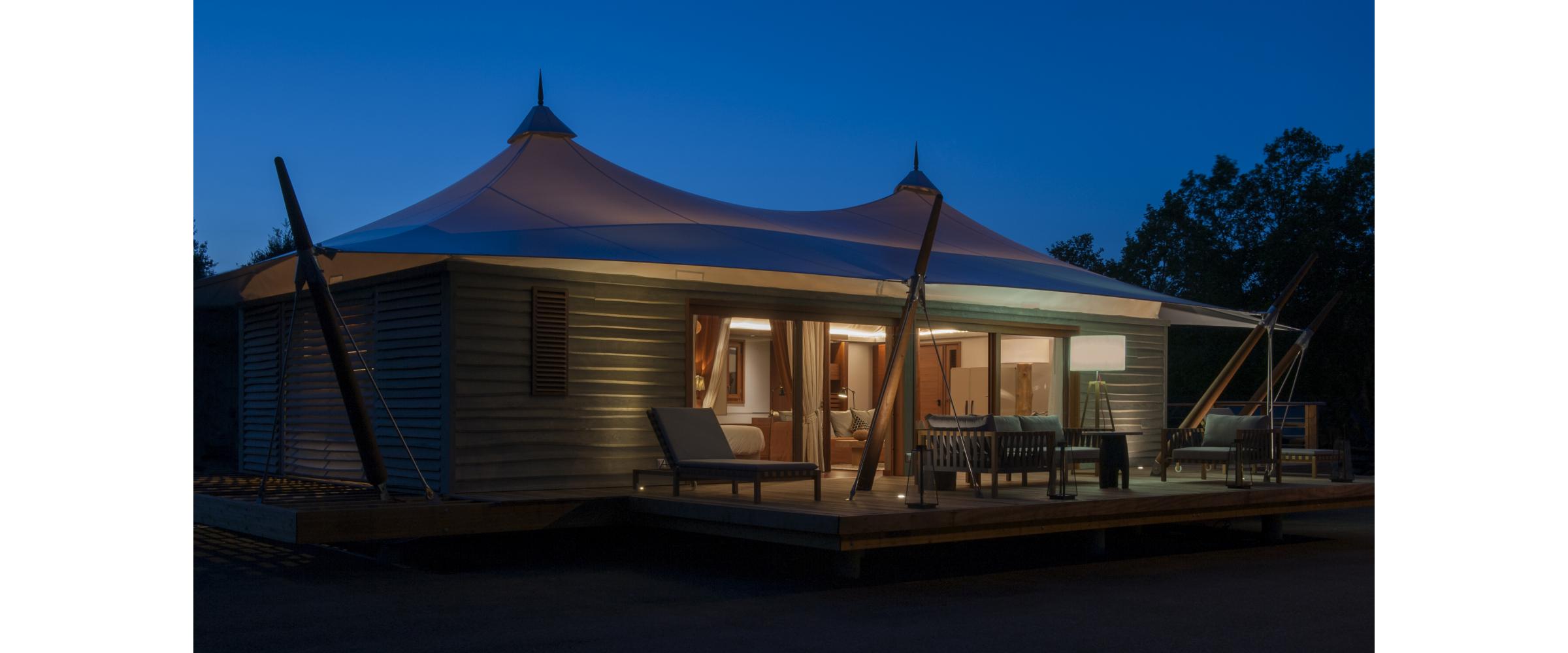In the Gulf of Guinea, hides an unknown archipelago, discovered by Portuguese navigators in the 15th century, composed of two volcanic islands, Sao Tome and Principe, covered with tropical forests so dense that seen from above, they look like two emeralds posed on the Atlantic Ocean.
The islands remained prosperous until the beginning of the 20th century, thanks to the cultivation of sugar cane, coffee and cocoa, of which they were still the world's leading producer in 1913.
After the declaration of independence and the departure of the Portuguese in 1975, the plantations were abandoned and the islands fell into oblivion until Mark Shuttleworth, a wealthy South African computer genius, fell in love with the island of Principe and decided to give it a new impetus on an ecological model by investing massively there.
Airport, road infrastructure, schools, cocoa plantations, restoration of houses, protection of turtles and the forest, the island of Principe comes back to life thanks to this generous patron, nicknamed "the man of the moon", for having been the second space tourist.
It remains to attract to this rediscovered paradise a clientele concerned about the quality of the environment, loving the sea and nature but also comfort and modernity.
To renovate the "Praia Bom Bom" Lodge, restore from top to bottom an old plantation on the heights of "Roça Sundy" and create a luxury hotel on the beach, Mark Shuttleworht calls on the architect Designer Didier Lefort and his team. of the D.L.2.A firm, whose achievements he appreciates.
Its vision is profoundly ecological and social. He wants to invest in an exceptional hotel using innovative techniques that blend harmoniously with nature, making it almost invisible from the sea. His concern is also to create jobs on this island with no economy.
To minimize the impact on the ground and preserve the environment, DL2A proposes an avant-garde process which consists of replacing the traditional foundations with huge screws supporting a wooden platform on which are fixed large masts which support a tensile structure tent.
This tent is made of a double reinforced canvas, made in France, very high resistance, suitable for a tropical climate, resistant to wind and rain. Its light color allows diffused light to enter, even allowing the rays of the moon to pass through. A totally blackout four-poster bed ensures absolute darkness for sleepers and muffles the sounds of the surrounding jungle at night.
The exterior walls are made of irregular wooden shingles, a nod to the houses of the island's fishing villages.
After 20 months of work, at the dawn of 2018, Sundy Praia ***** was born. The village, made up of 24 tent villas with large private terraces, has 8 individual 75 m2 tents, 5 suites made up of 2 tents and 2 suites of three tents with a private swimming pool. The “out of Africa” style bathrooms have a bathtub carved in granite with a full view of the forest.
A pool bar surrounded by trees and equipped with a large infinity pool allows you to have lunch by the beach
Always with a concern for sustainable development, the restaurant, with 100 seats, was entirely built of bamboo 10 m long, from the Ibuku compagny in Indonesia. The set was mainly assembled with natural links but also with bolting in key places. Its shape is that of a huge fish over 24 m long, 11 m high on one side and 3 m high on the other, an inspiration no doubt coming from the whales that cruise offshore.
The decoration of the rooms uses renowned manufacturers such as: Roda, Gervasoni and Pierre Frey, the majority of the furniture is designed by D.L.2.A and made in Portugal, but local craftsmen are also involved: weaving of lamps inspired by fish traps, paving and low basalt walls, jars cut from tree trunks and the construction of long canoes to explore the deserted beaches.
Photographer : Geraldine Bruneel


